You know that moment when it’s time to pack your camera bag and you can’t decide what to take so you grab everything? I know this feeling well but this time I committed to the simplicity of one camera, one lens.
My default vacation lens kit usually consists of a traditional 35mm, 50mm and 85mm combo. To pare down to one lens, I would choose either the 35mm or the 50mm; but, what if there was a magical fov somewhere in between, say a 40mm? And what if that 40mm was also super fast, like f/1.2 fast? Luckily, the new Voigtlander 40mm Nokton f/1.2 manual focus lens does exist and it graced my doorstep just a few days before leaving for a quick recharge at Hotel San Cristobal outside Todos Santos, Baja California Sur.

Voigtlander Nokton 40mm f/1.2 on the upcoming Sony a7RIII. Unfortunately I did not have access to the a7RIII for this trip
Long a fan of 40mm – it’s an almost perfect solution for shooting the narrow zone in between a wide and standard lens- and with an aperture of f/1.2, this is a lens that can both siphon light from dark and isolate your subject for a 3d pop that rivals medium format.
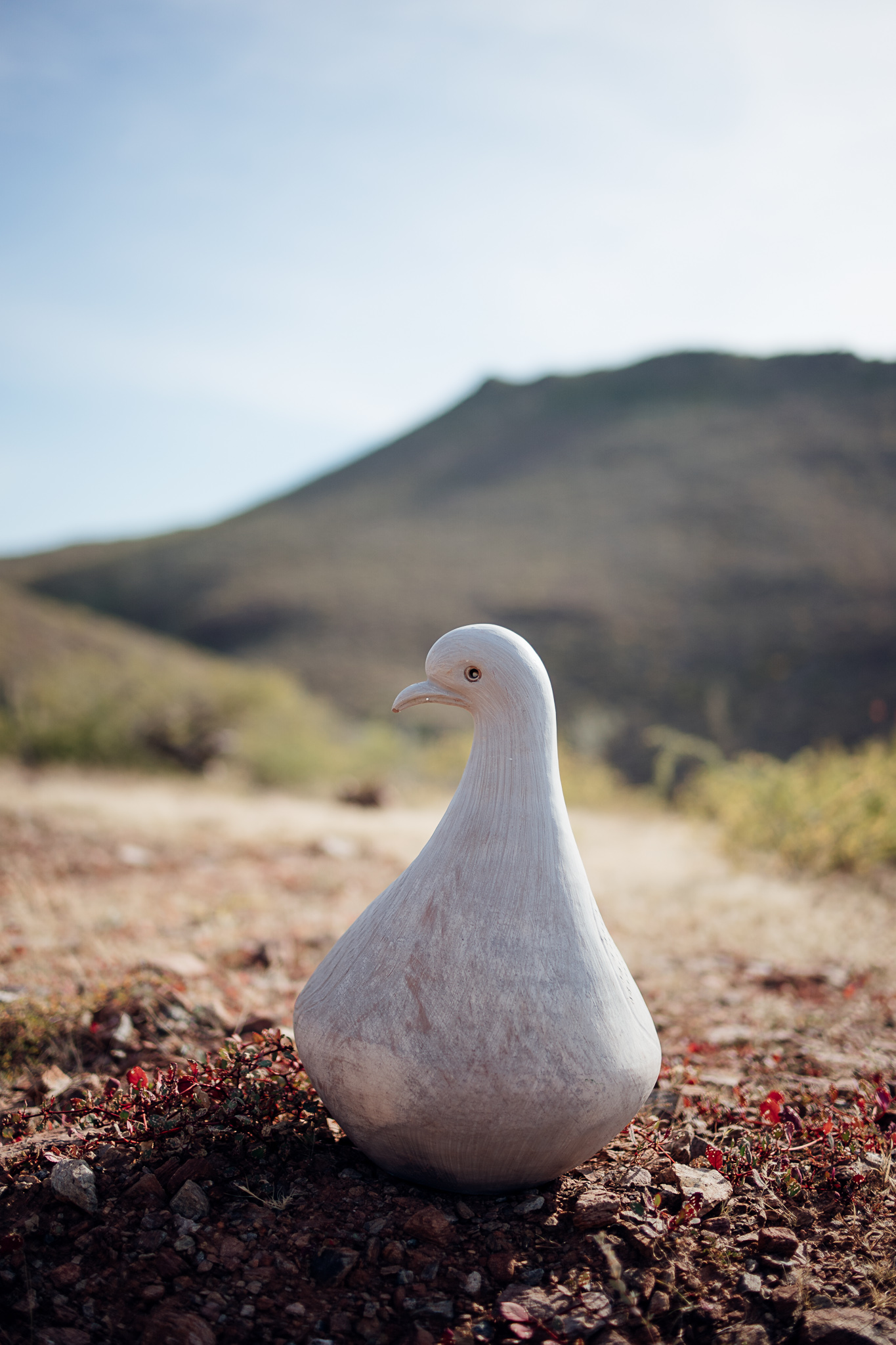
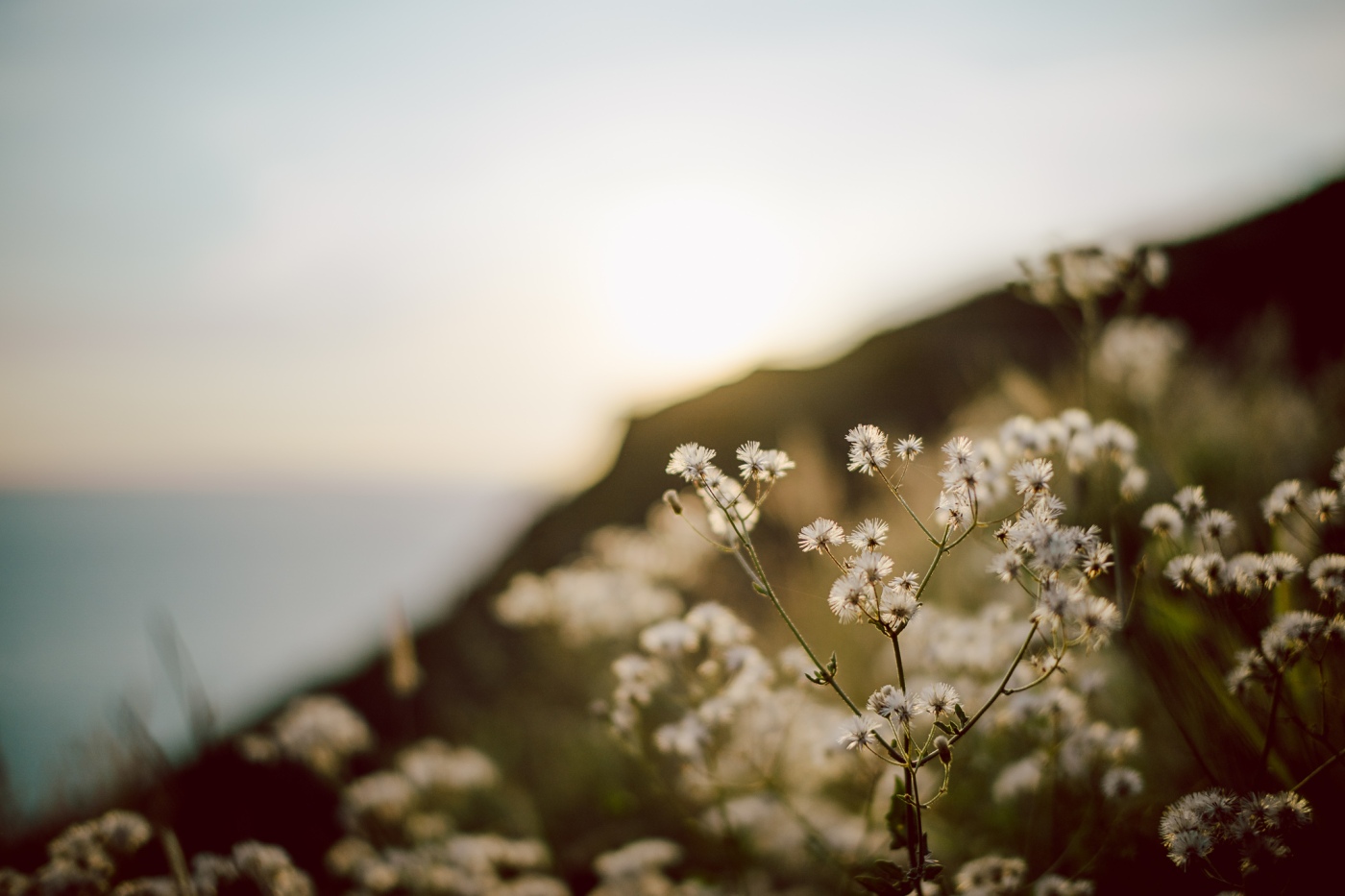
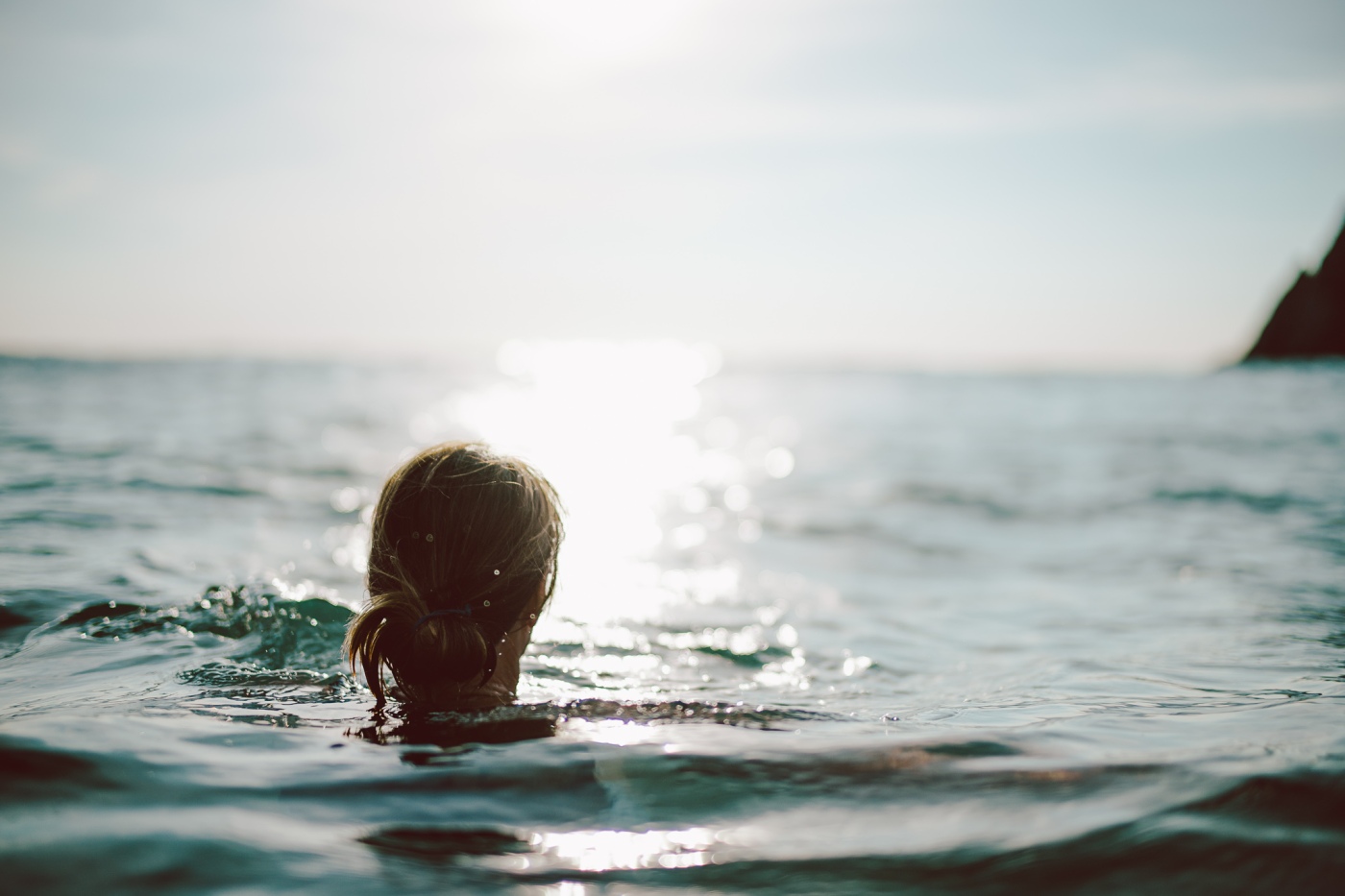

I like to mess around with adapted manual focus lenses, usually small ones originally designed for rangefinder cameras. These lenses match well with the compact size of the newest Sony cameras and allow us to pack small and light when desired. But until now, I didn’t want to buy one designed only for the Sony E-mount – not when M-mount lenses can be used both on my digital and film cameras.
But the more I thought about it, the more the appeal of this new Voigtlander solidified. First off, the size is right – not too big, not too small, almost a perfect balance on the Sony a9 camera body at less than a pound. Then I thought about the manual focus tools on the Sony which have gotten better over the years. Focus peaking on the a9 works perfectly when shooting wide open – more about that later- and the lens is coupled to the E-mount system so that if you want, auto magnification will kick in when you rotate the focus ring. Pretty cool.
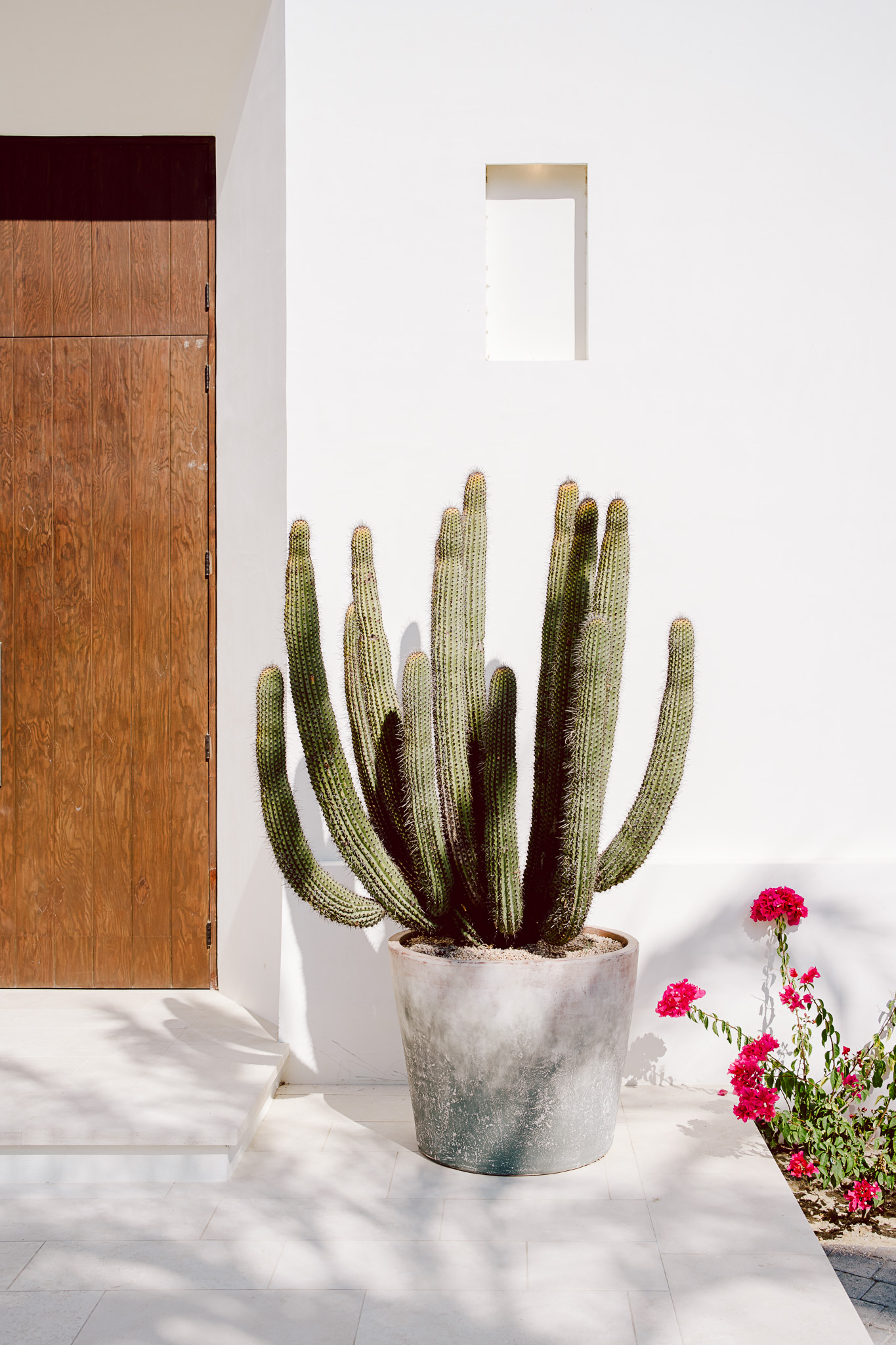


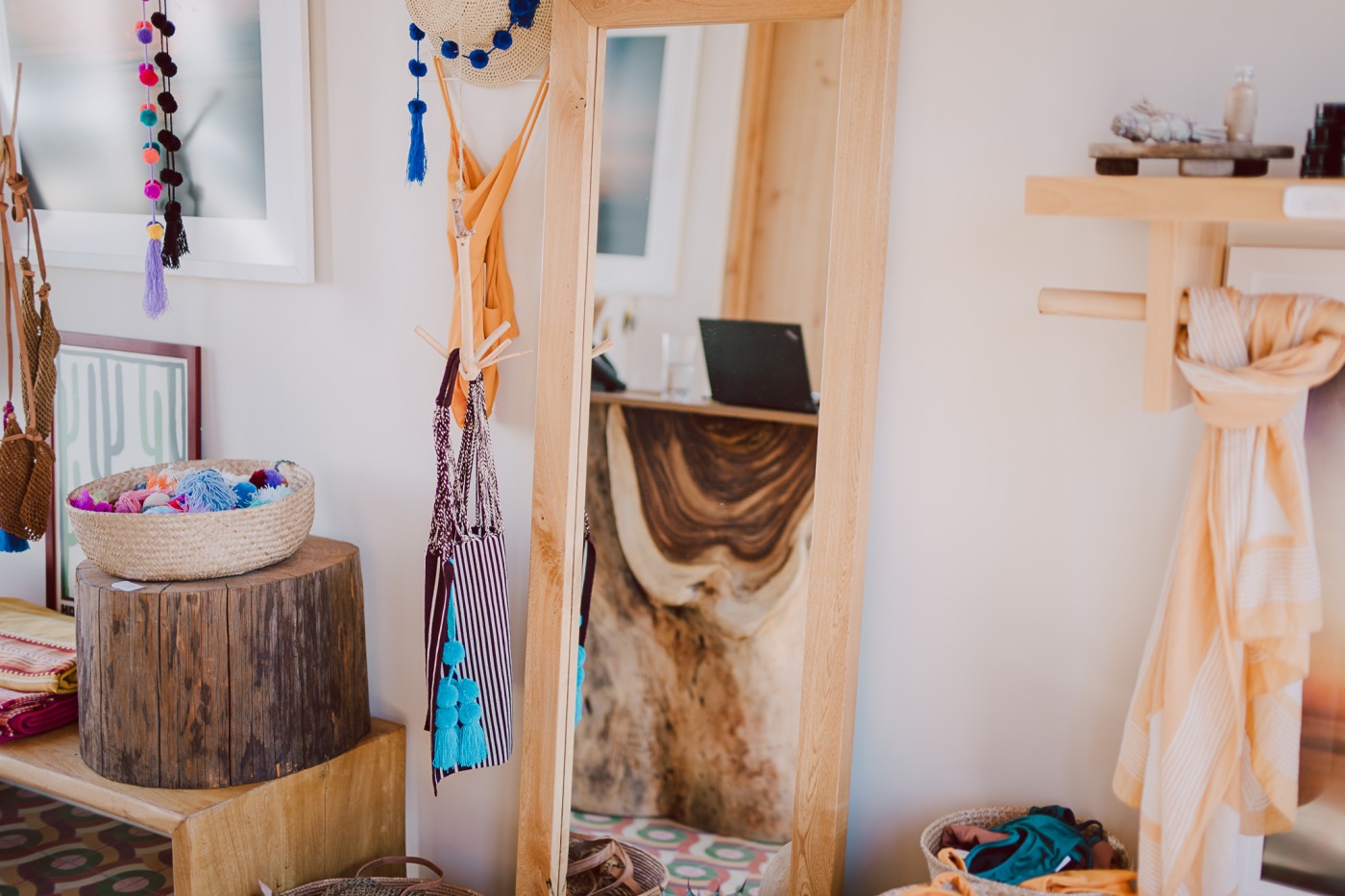
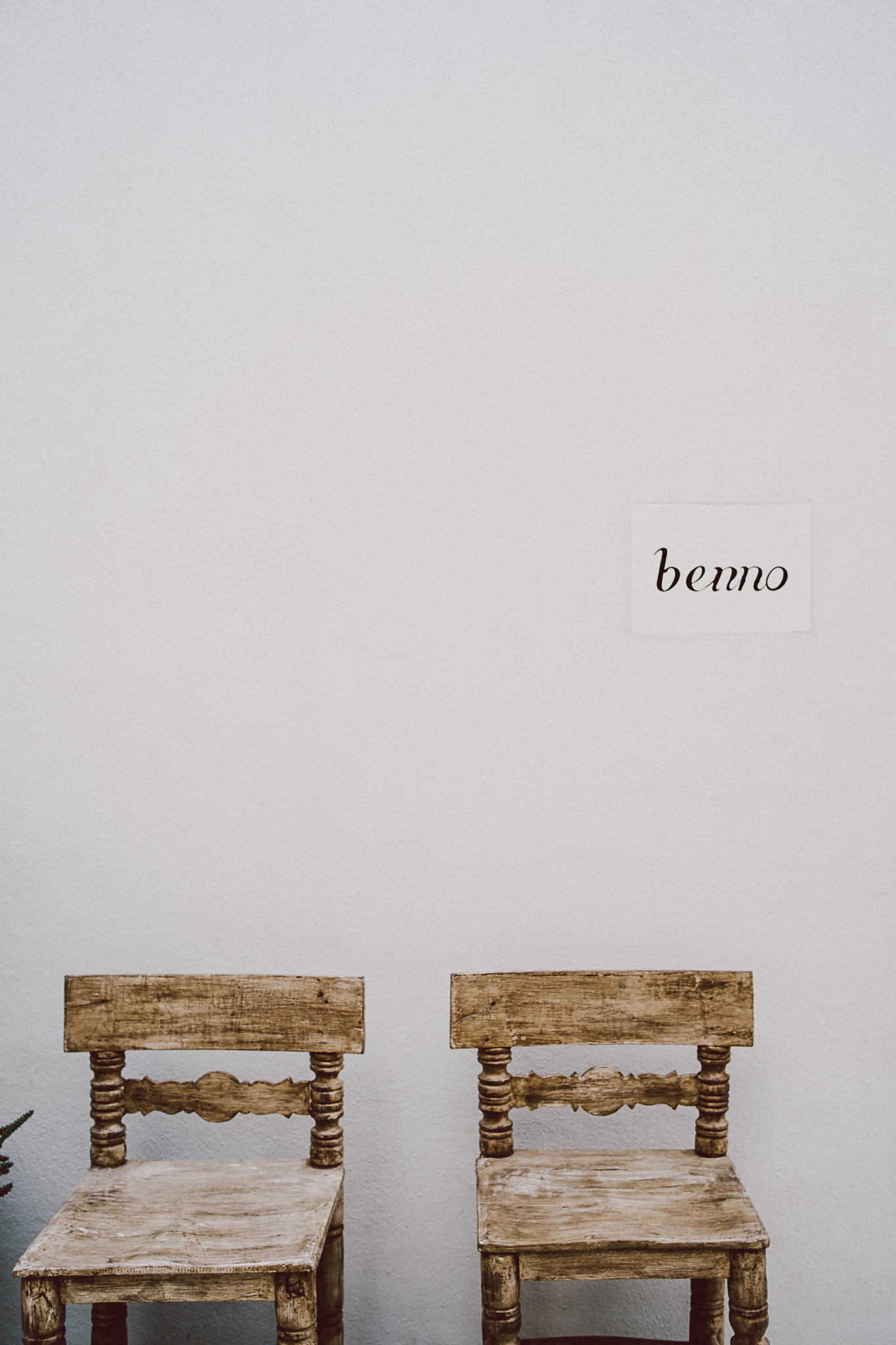



The Nokton also has an adjustable click or click-less aperture ring that the video crowd will appreciate and of course full metadata support. Its build quality is outstanding – similar to that of the Voigtlander 35mm f/1.2 lens, if you’ve ever had a chance to hold one. All metal and glass construction harkens back to the analog days, and if we’re honest, that’s a big part of the draw. With the perfection of digital being so damn perfect, sometimes its nice to put the visual brakes on and draw with something different.
Before getting into the optical characteristics of the lens, I do want to mention that it does focus very close (about 10″) but the downside to that capability is a semi-long focus throw – about 160 degrees. Not horrible but I’d prefer shorter.
Cosina state that this lens is designed with two aspherical elements “to suppress spherical aberrations and distortion for notable sharpness, clarity, and accurate rendering”. While that sounds like more digital perfection, this lens draws some similarity to the Zeiss C-Sonnar 50mm f/1.5 – a lens that is adored for its lack of corrections. While the Nokton is a much sharper lens and better corrected for chromatic aberrations, on occasion its images remind me of ones I’ve taken with the C-Sonnar, and that friends is a very good thing.
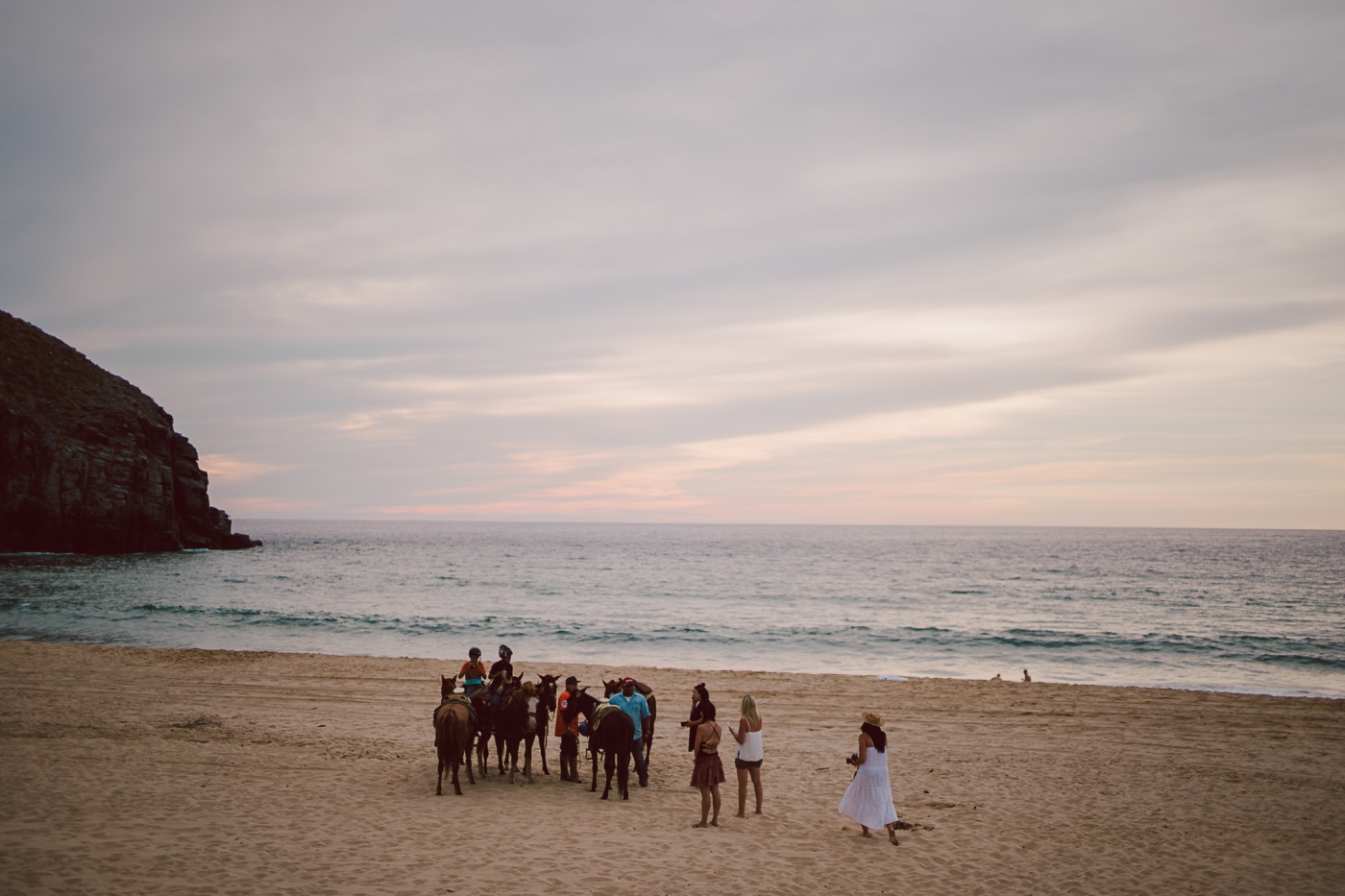
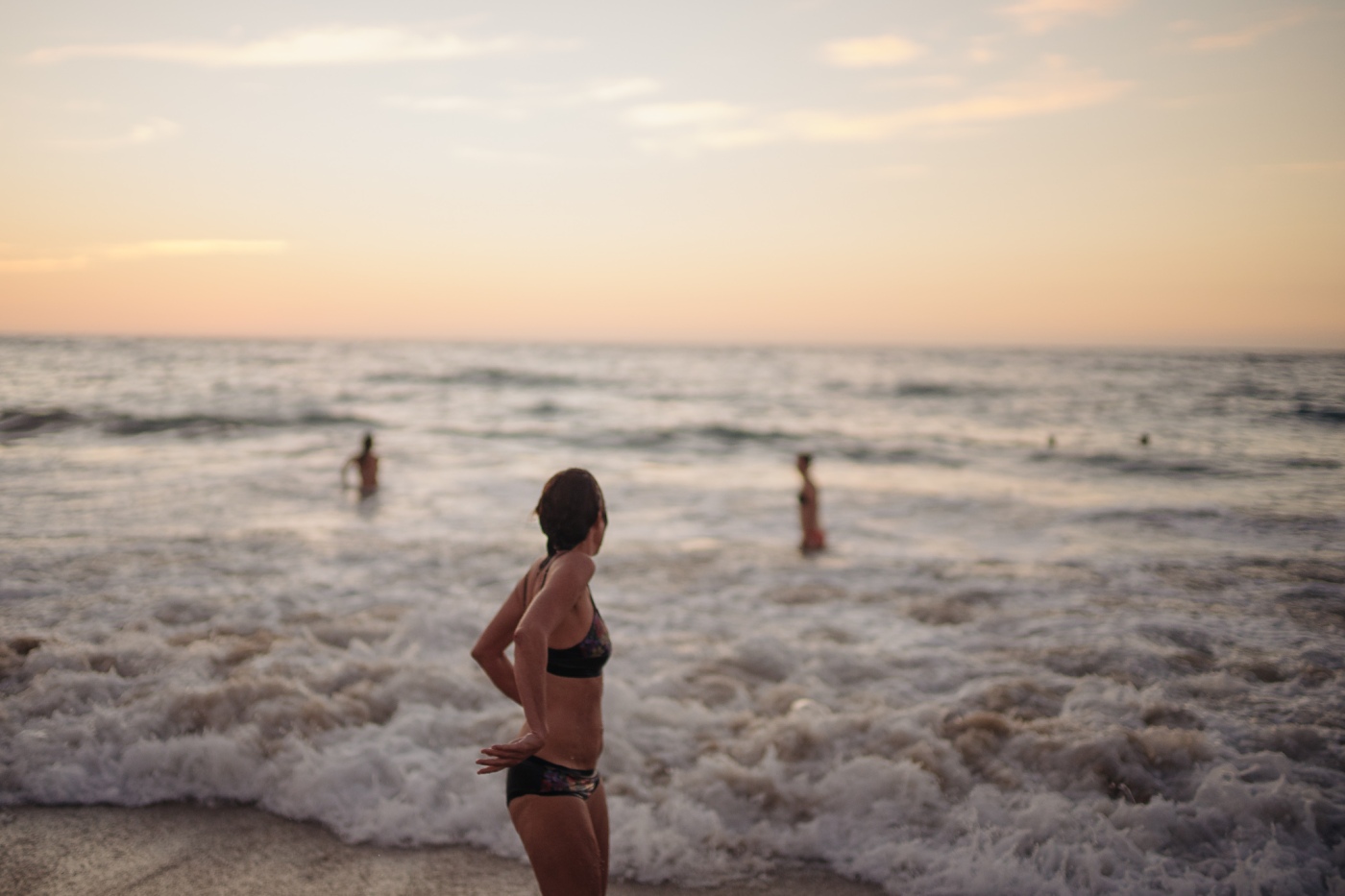
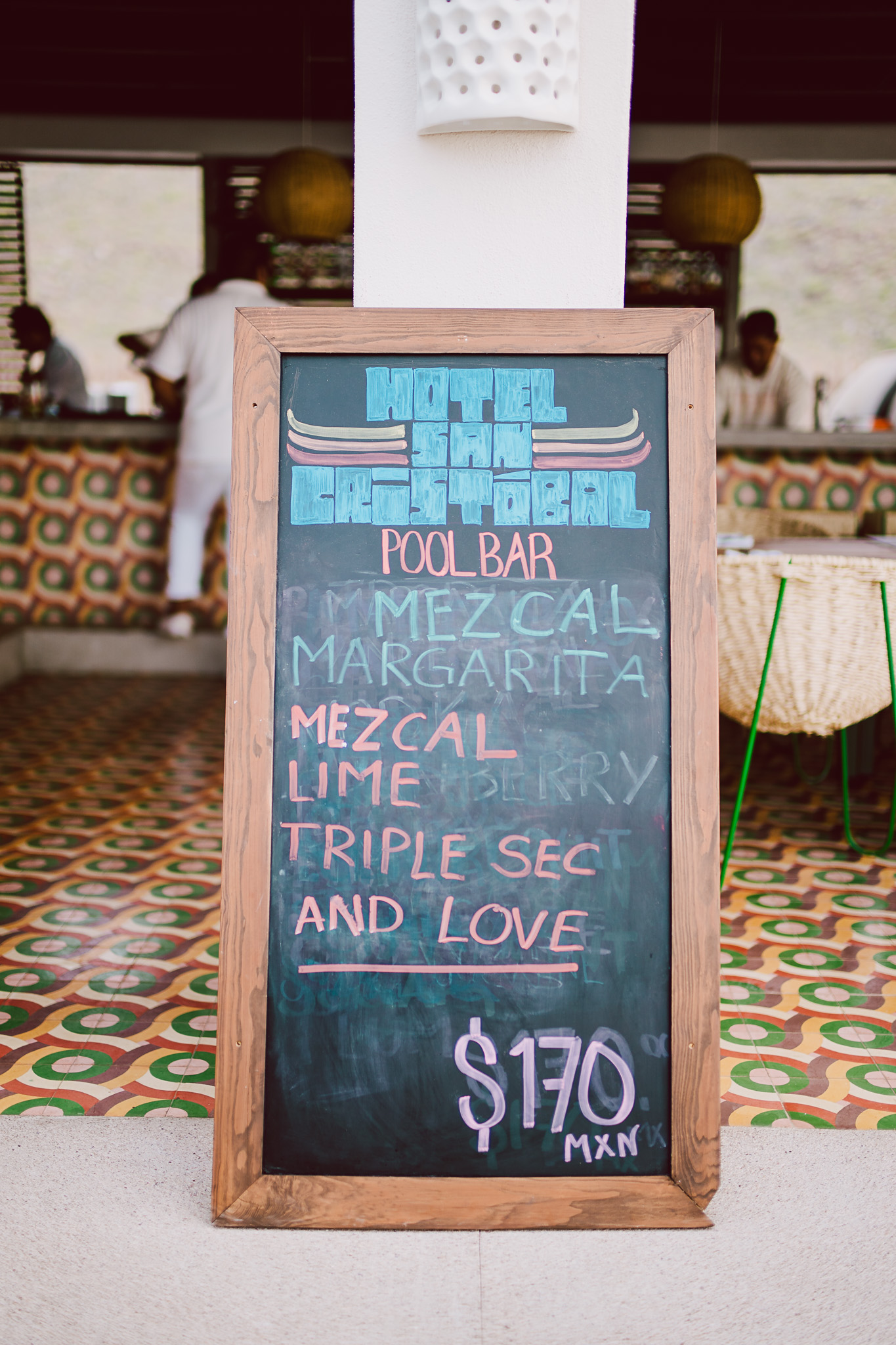
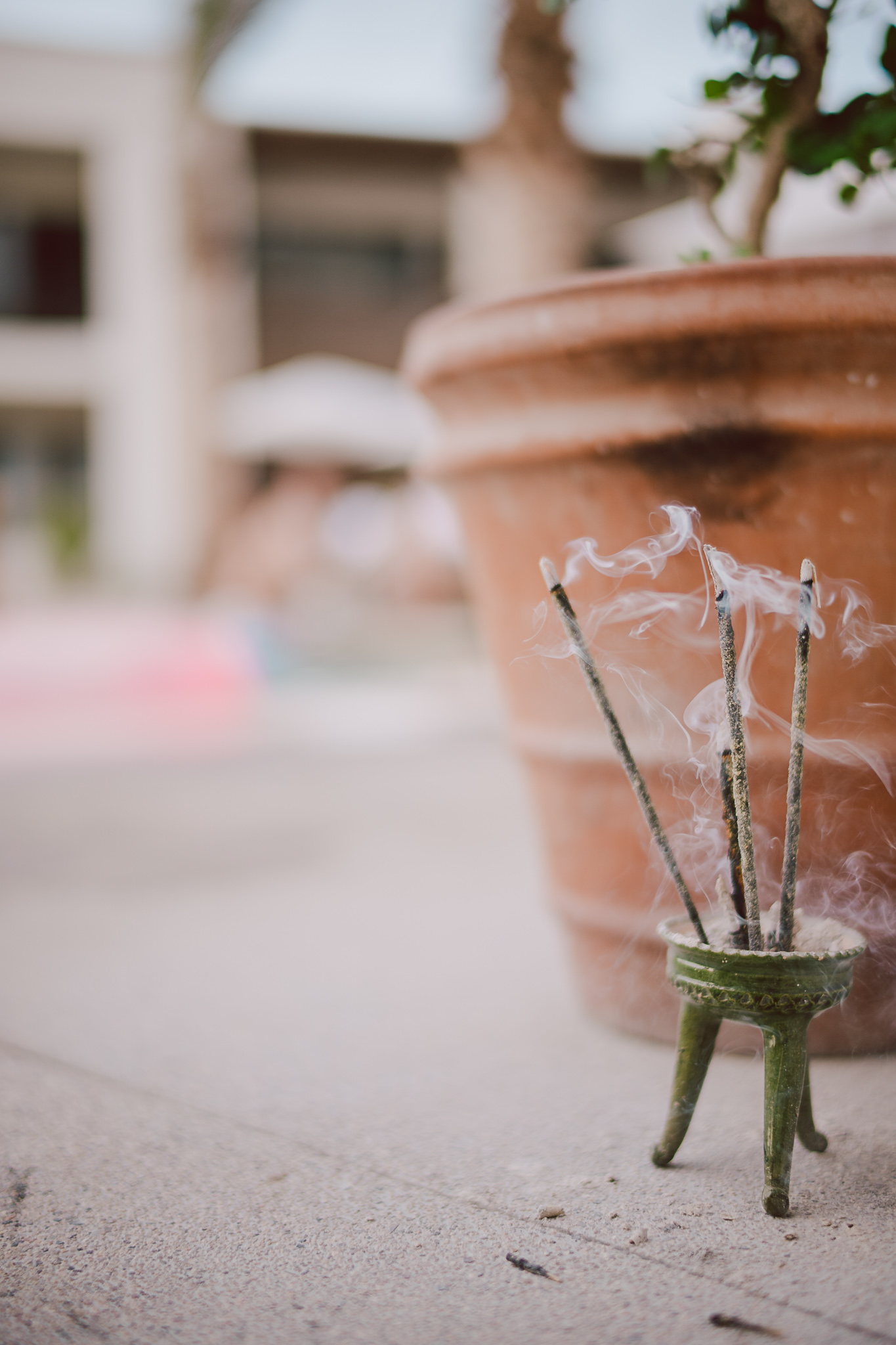
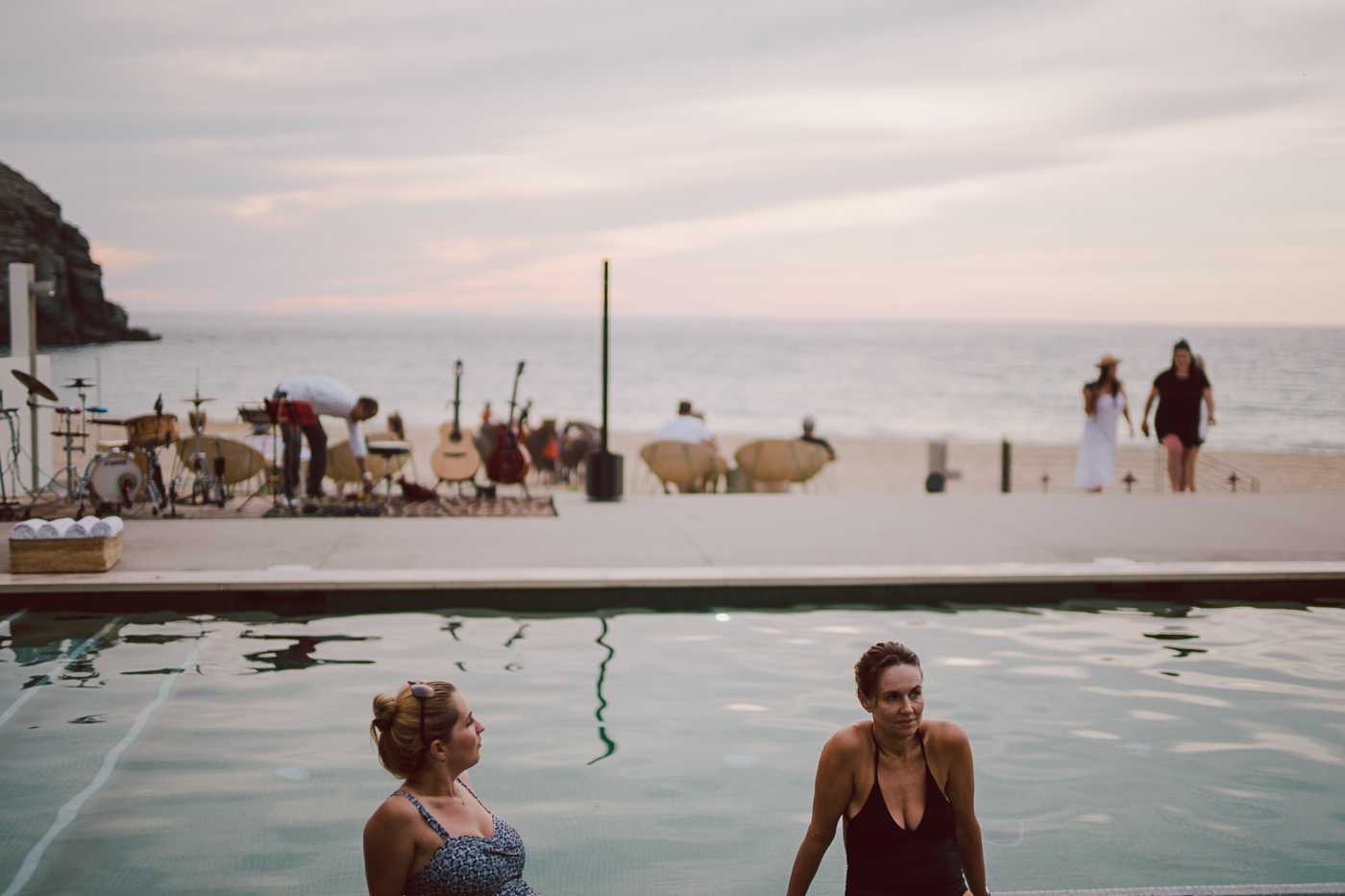
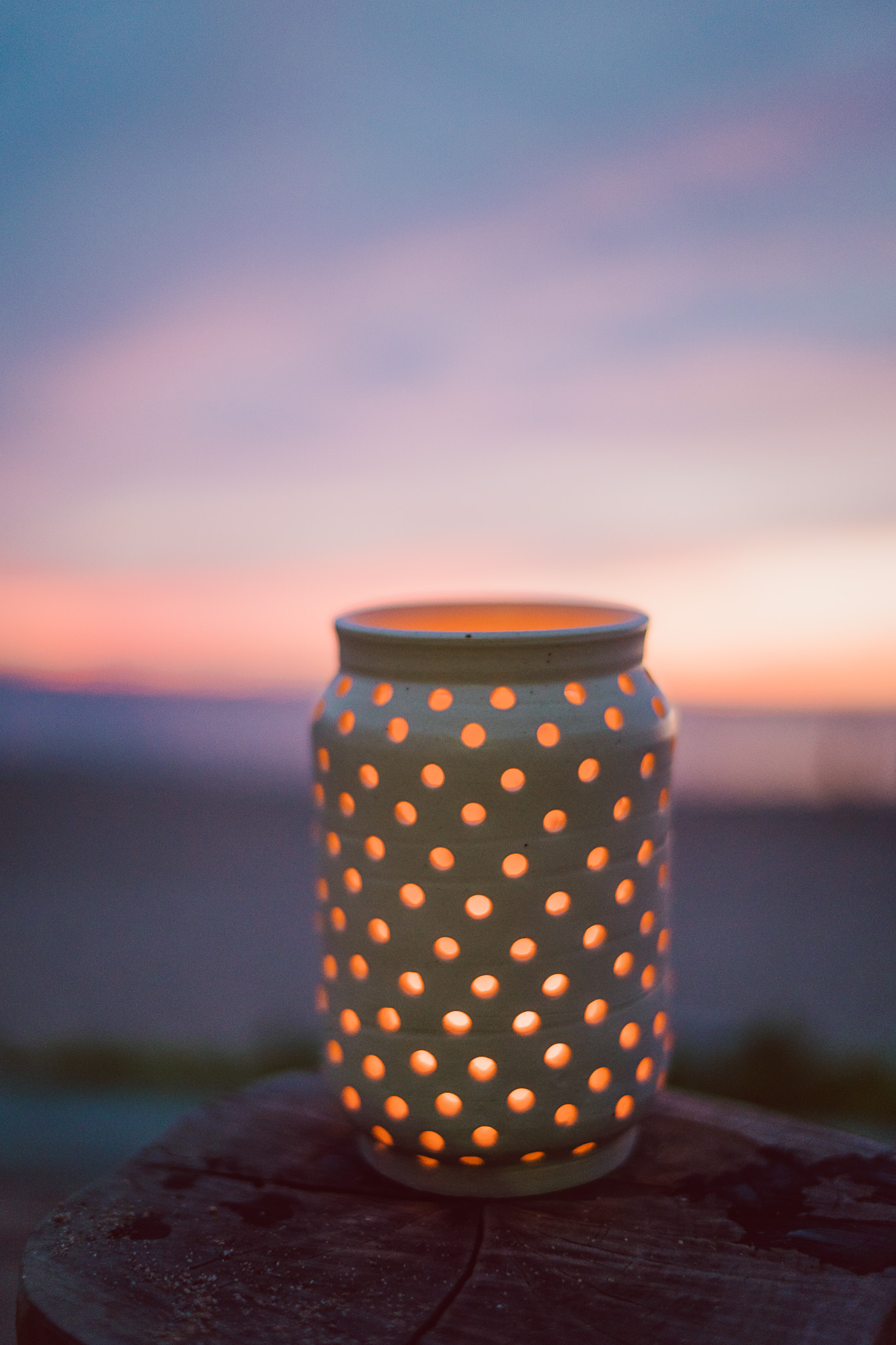

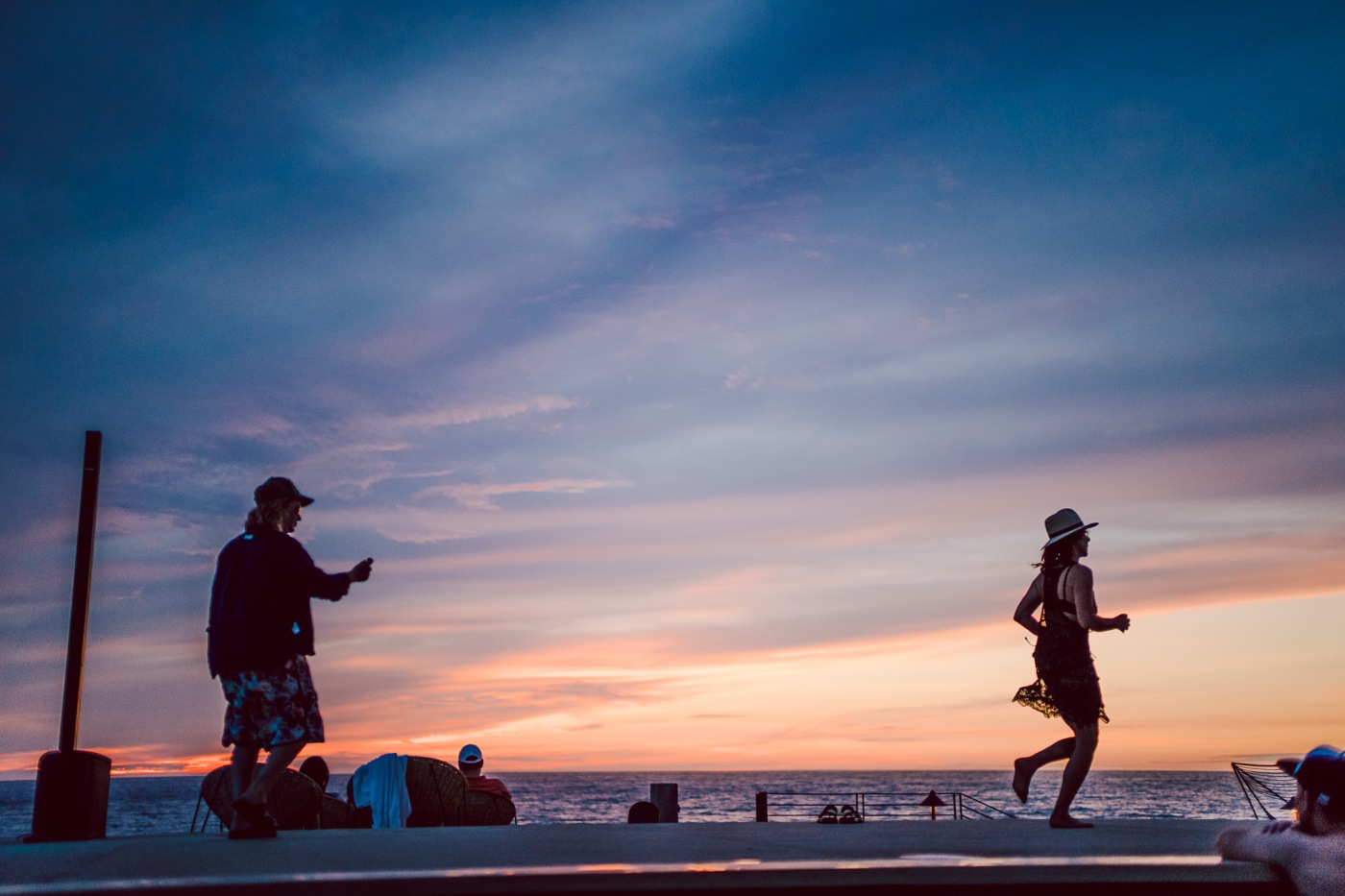
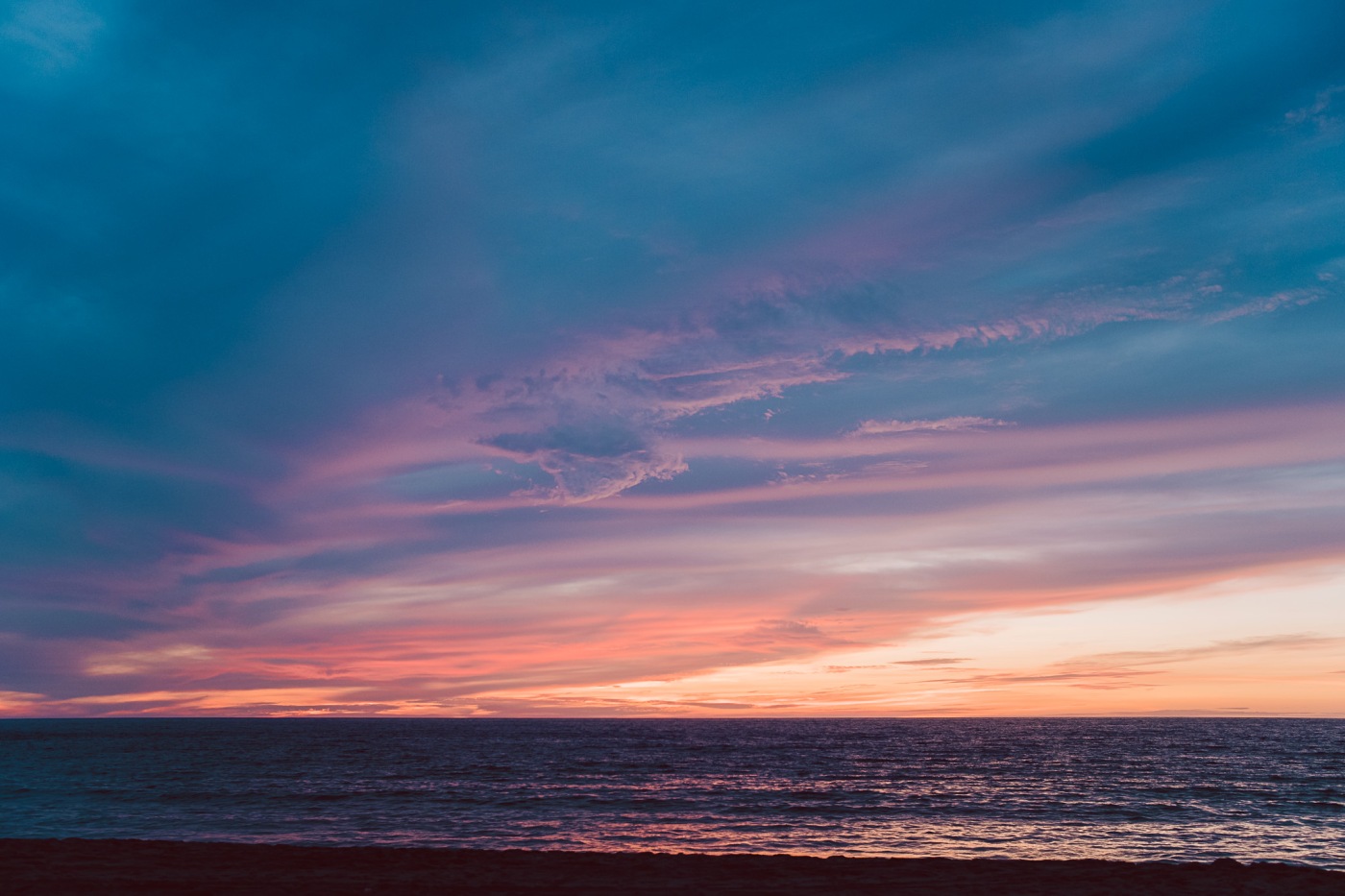
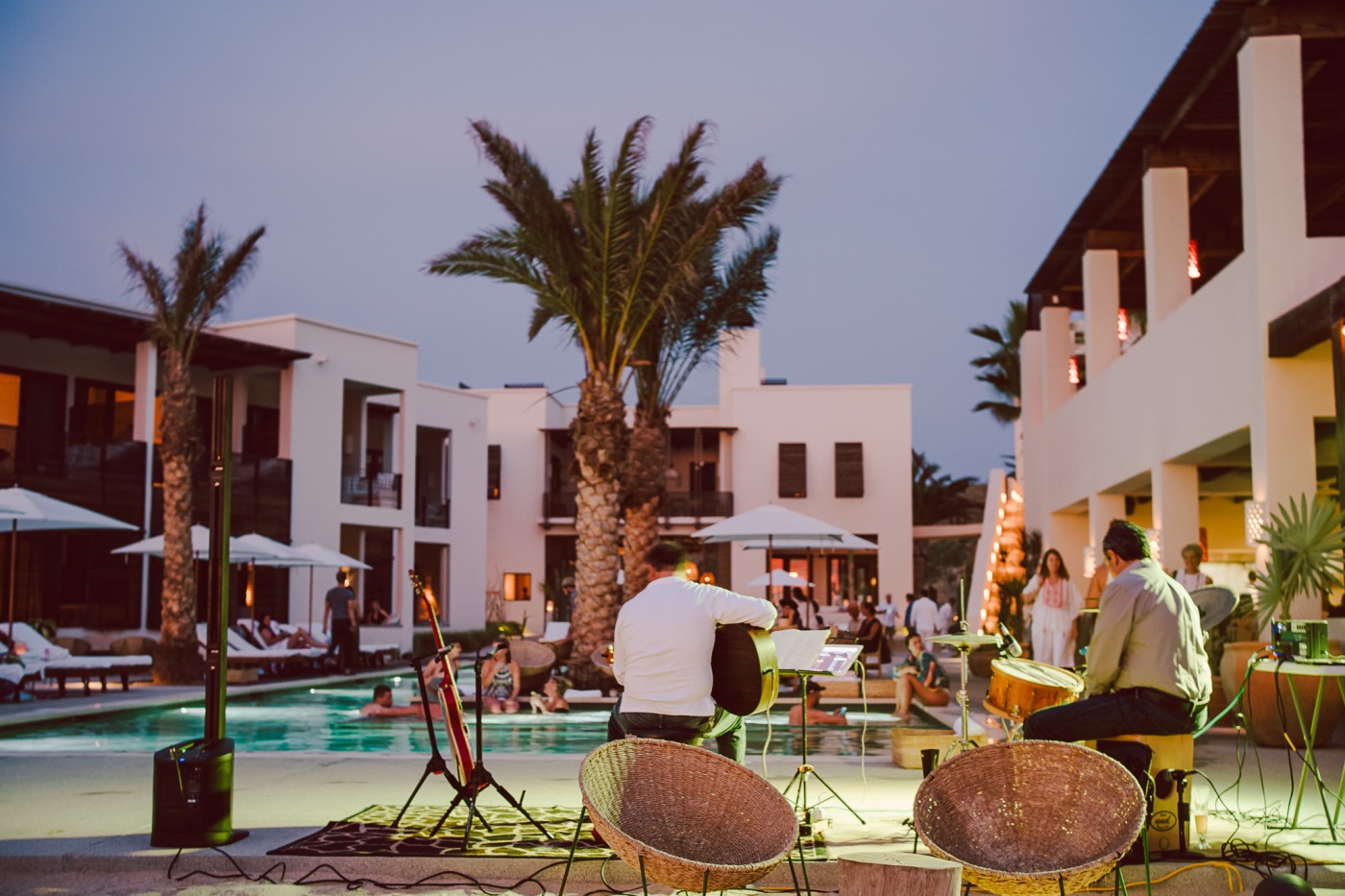

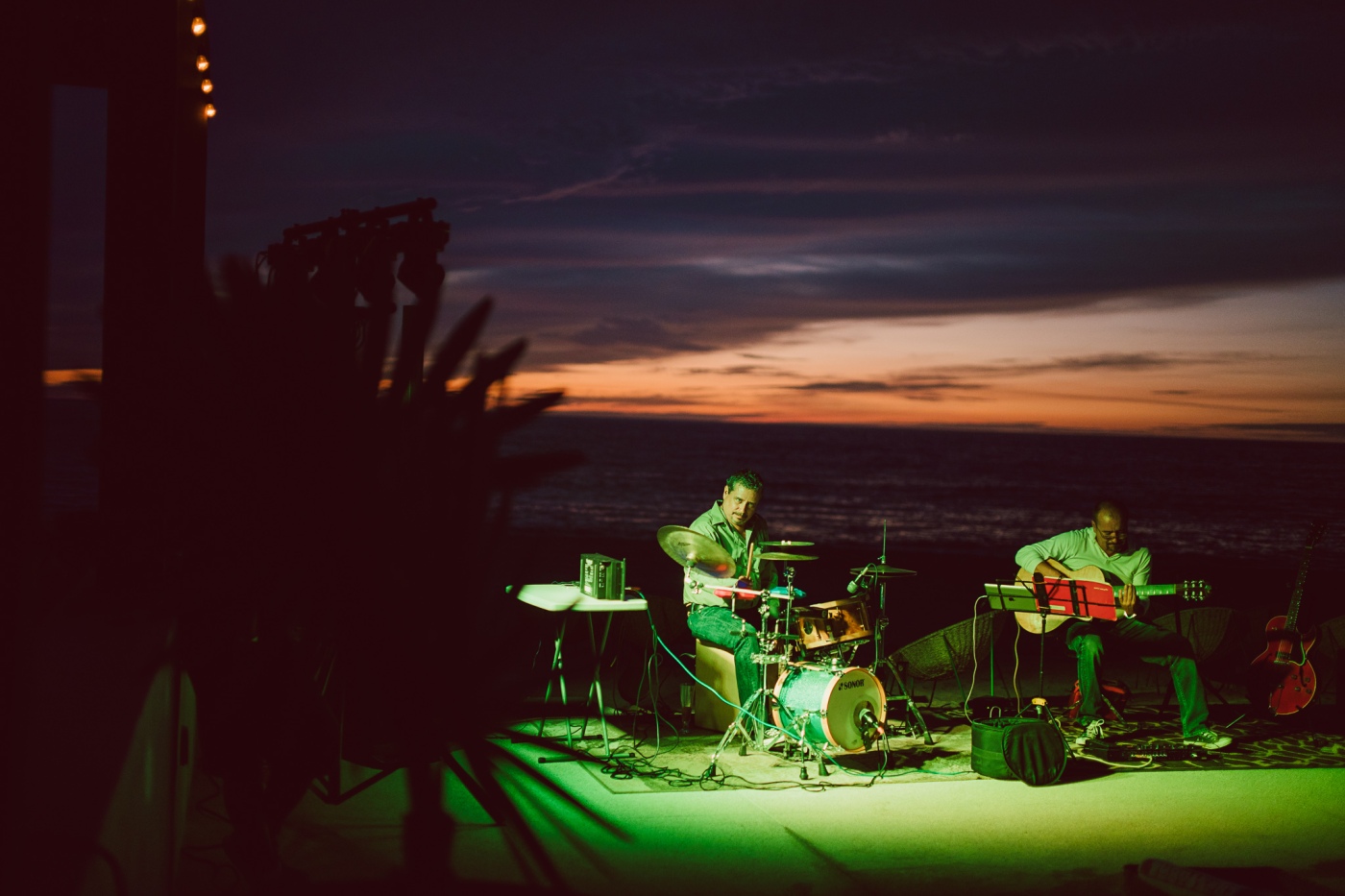
Wide open, the Nokton is surprisingly sharp – don’t expect Sony G Master sharpness but we are talking about f/1.2 in a $1k lens, so I am nothing but impressed. Stopping down to f/1.4 doesn’t do much to improve center sharpness, but go to f/2 or 2.8 and you will be slicing up eyeballs. But what impresses me the most of this lens is that when shot wide open, it just looks analog – there’s no better description. The subject isolation and 3d pop is outstanding, especially with subjects in that mid zone of say 10-20 feet. Images have a look that, on the full frame a9, draw as close to traditional medium format as I have seen. Yes, there is some CA at the widest apertures and vignetting makes its presence known abundantly, but nothing a little post work can’t correct if you feel the need.
It’s worth noting that the Sony a9 has a feature that makes it uniquely suited to the Nokton. The shutter on the a9 can be set to mechanical (1/8000 limited) or electronic (1/32000 limited) or automatic. In auto mode, the camera gracefully switches between the mechanical shutter and electronic modes to handle the need for faster shutter speeds when shooting f/1.2 in bright sun. Say goodbye to ND filters if you want to photograph with your lens wide open in daylight.

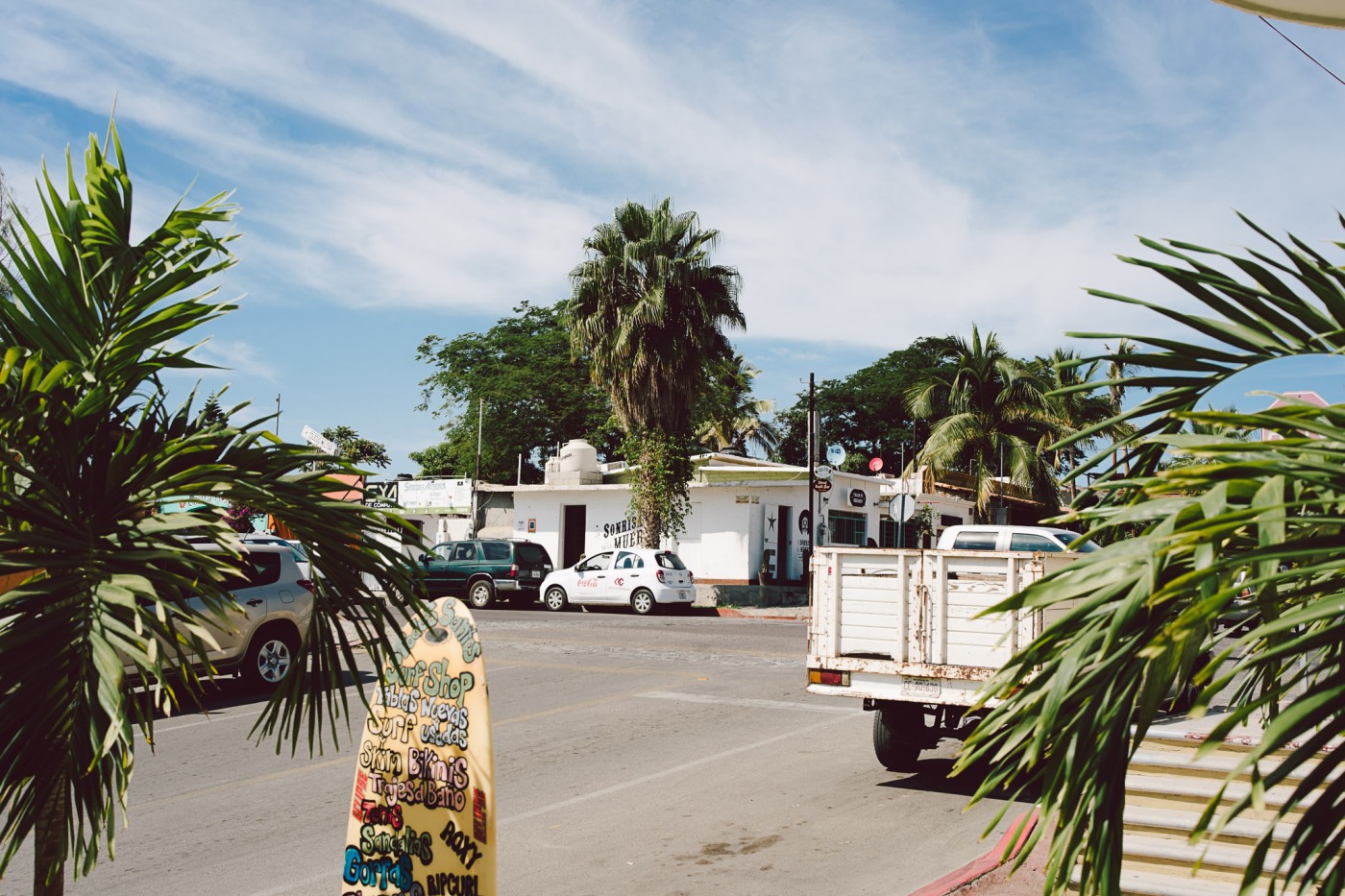
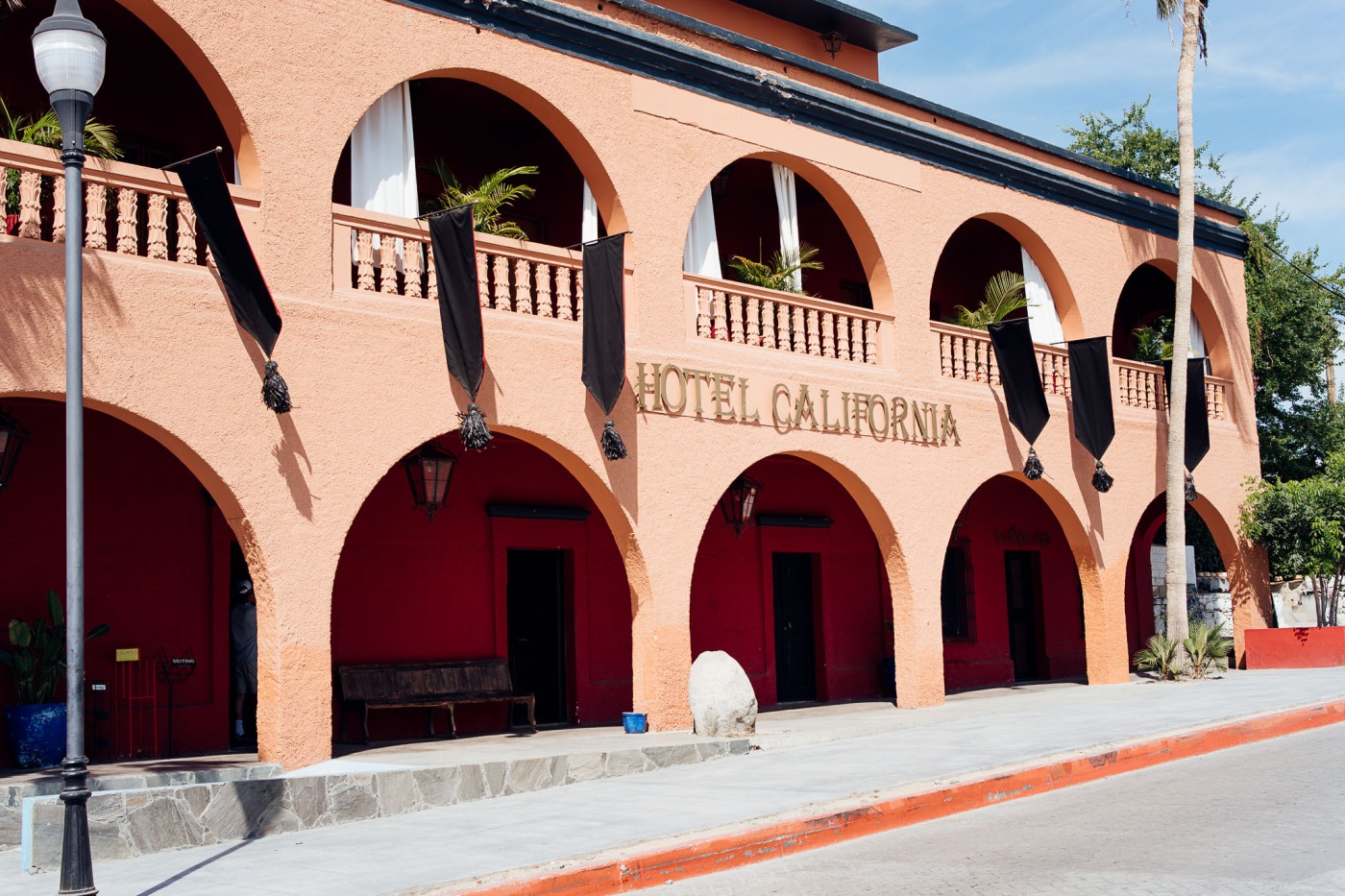
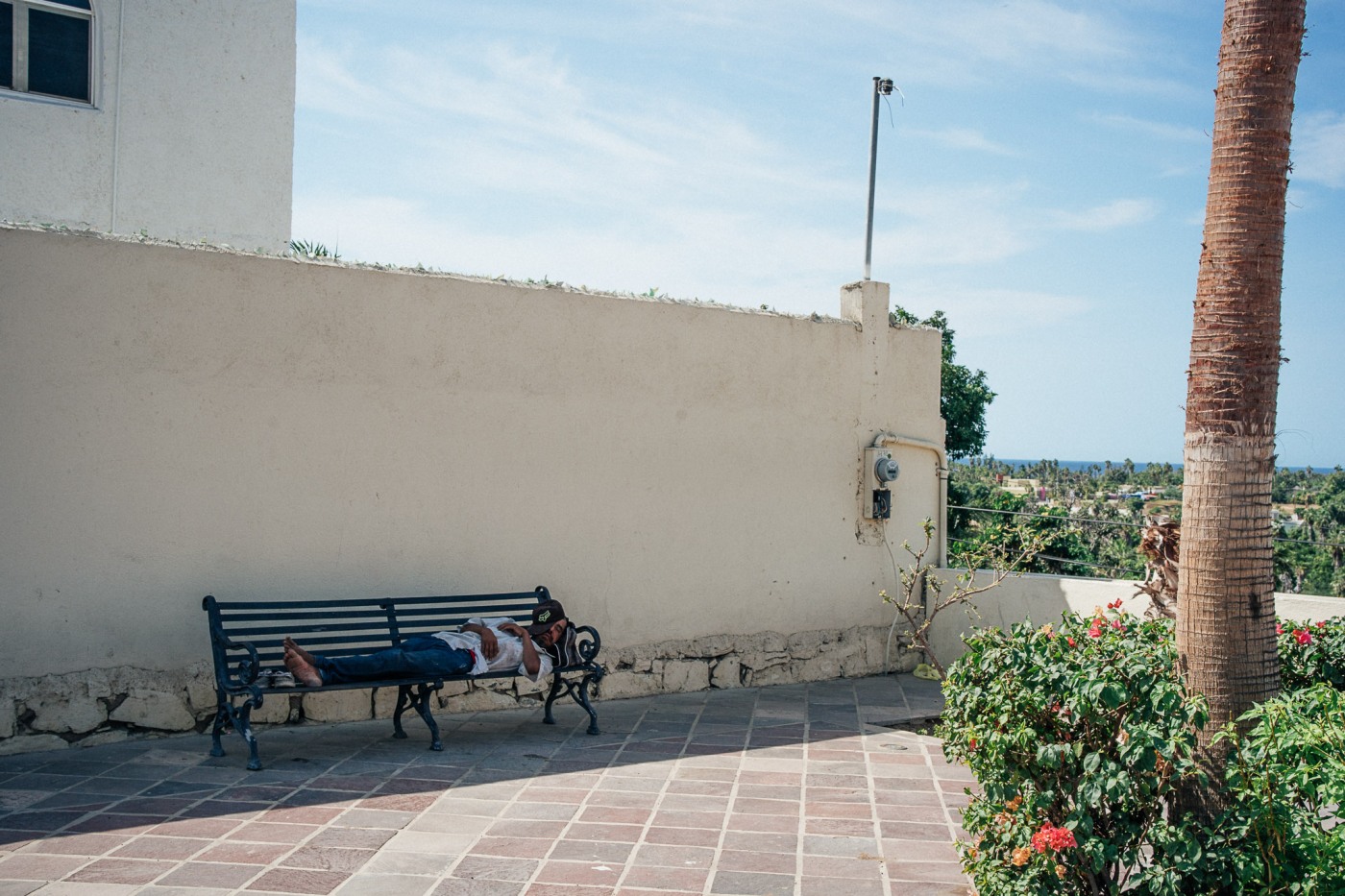

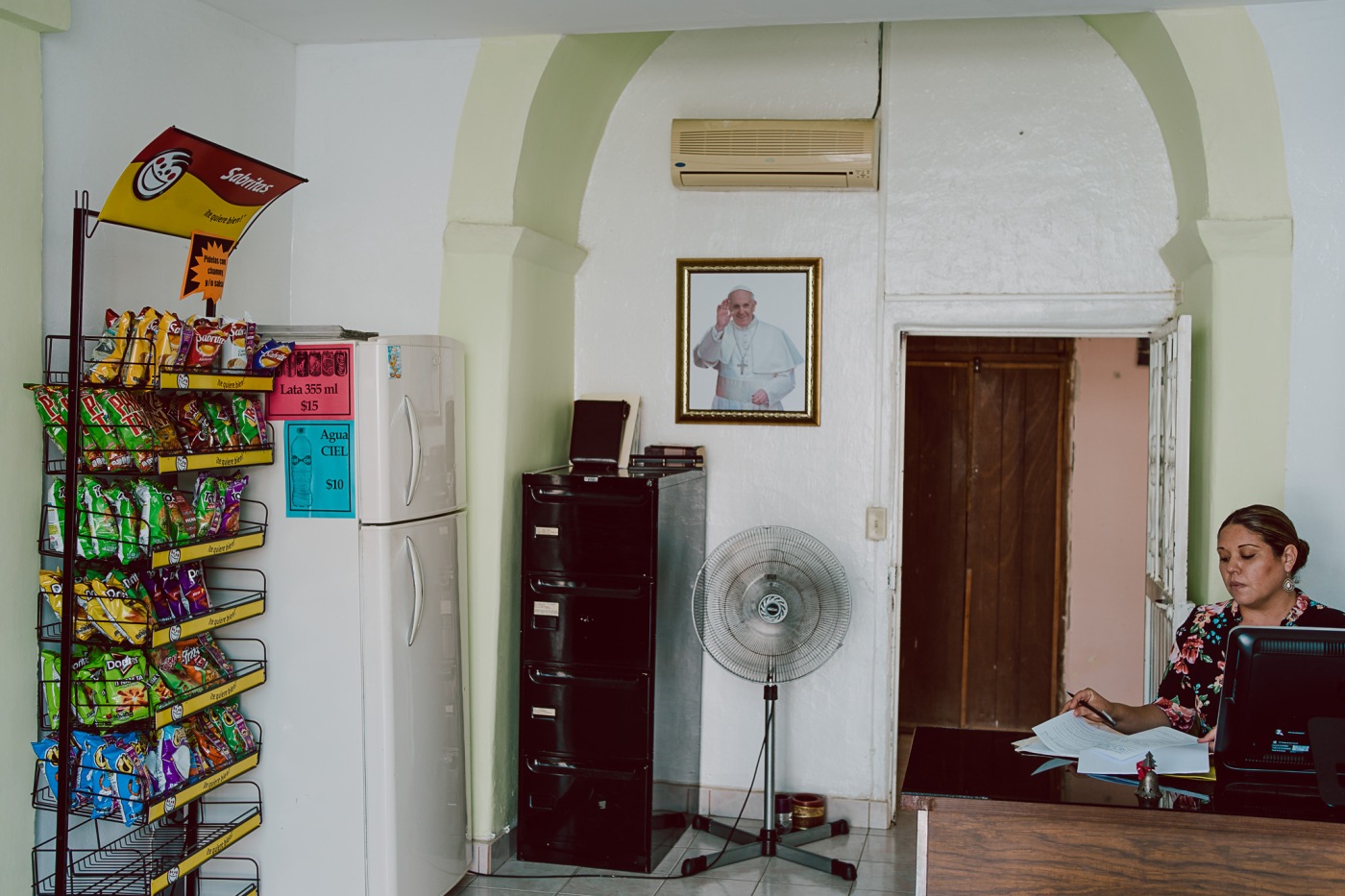
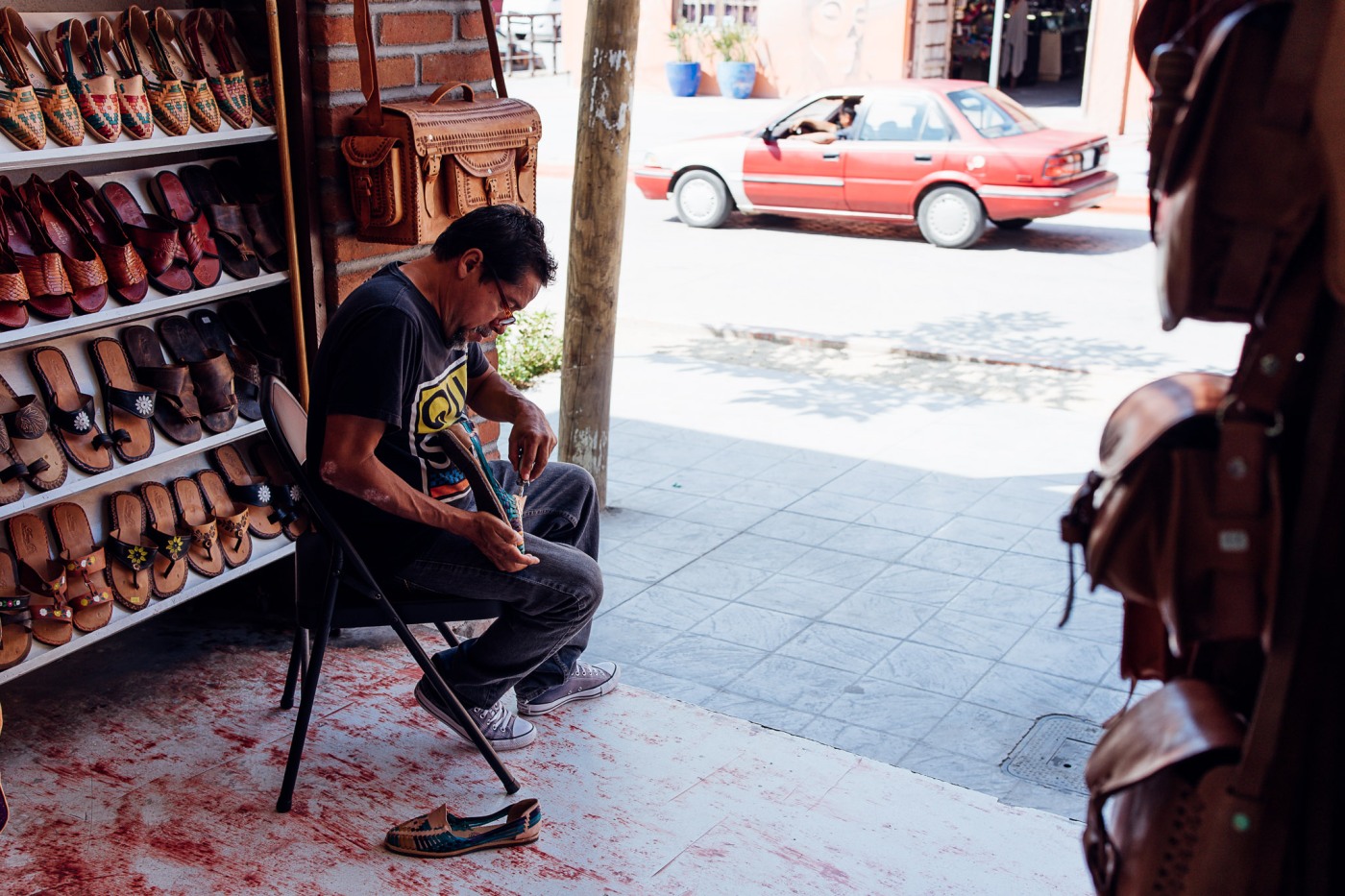
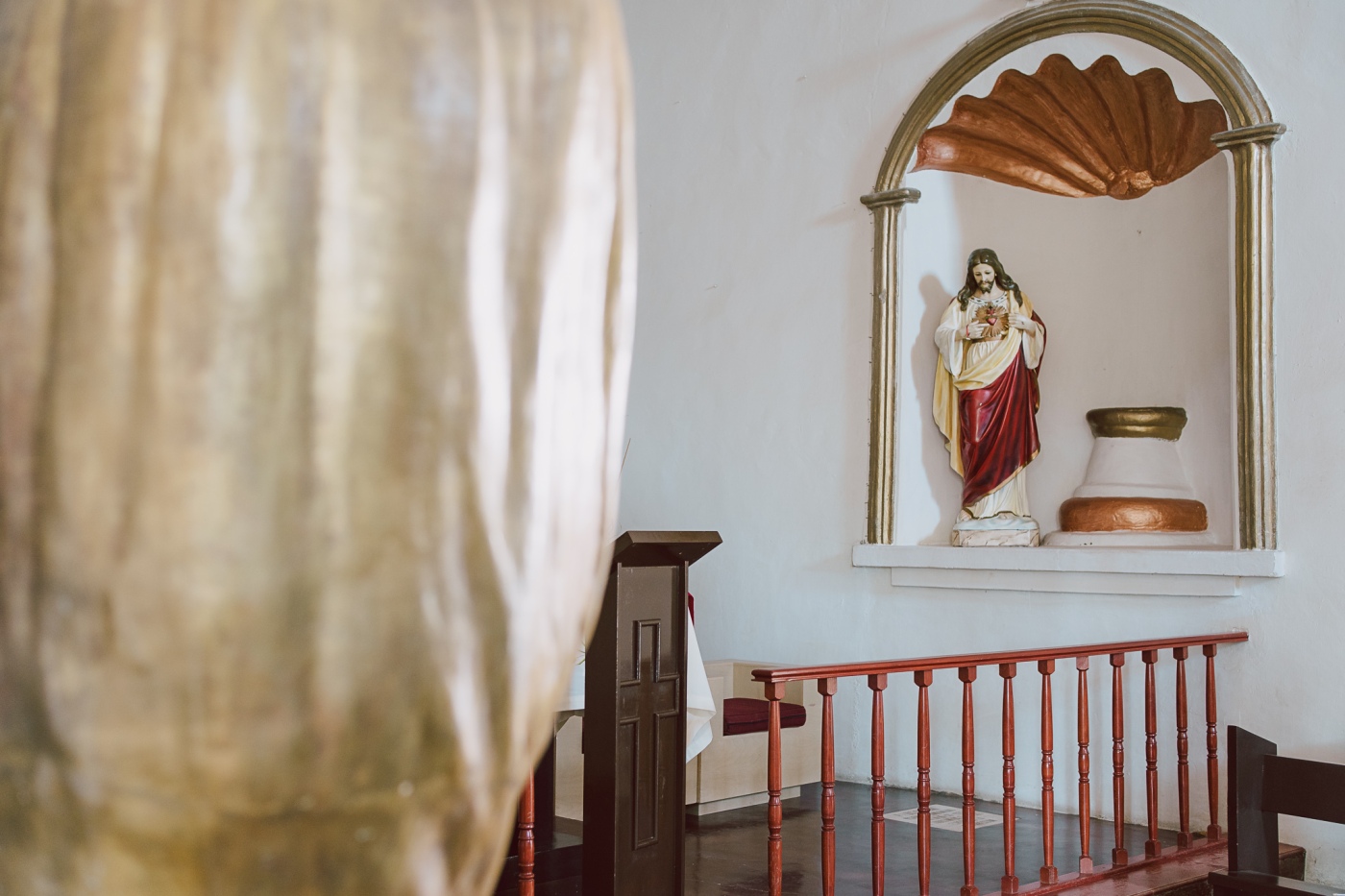
The shooting experience on the a9 is engaging, dare I even say fun. Focus peaking on the a9 is perfect at wide apertures, which was not always the case with earlier models so thank you Sony. Where I did find the limit to focus peaking was when stopping the lens down to f/5.6 or more. While this seems counter intuitive, because more should be in focus, that’s the problem – the focus peaking indicators show too much in focus when some areas are not perfectly sharp. So for deep field focus shots I stop down and pre-focus using magnification. Once set, the camera becomes point-and-shoot, which I imagine will be appealing to street shooters.
It takes a short while to understand a lenses capabilities but if you give it a wide diet of scenes, you can get a good idea pretty quickly. The accompanying set of photos are mostly vacation snaps and a few images the hotel could use, but I tried to shoot close and far, wide open and stopped down, daylight, sunsets, low-light – everything to provide feedback about the lens – would I love it, hate it, be indifferent?
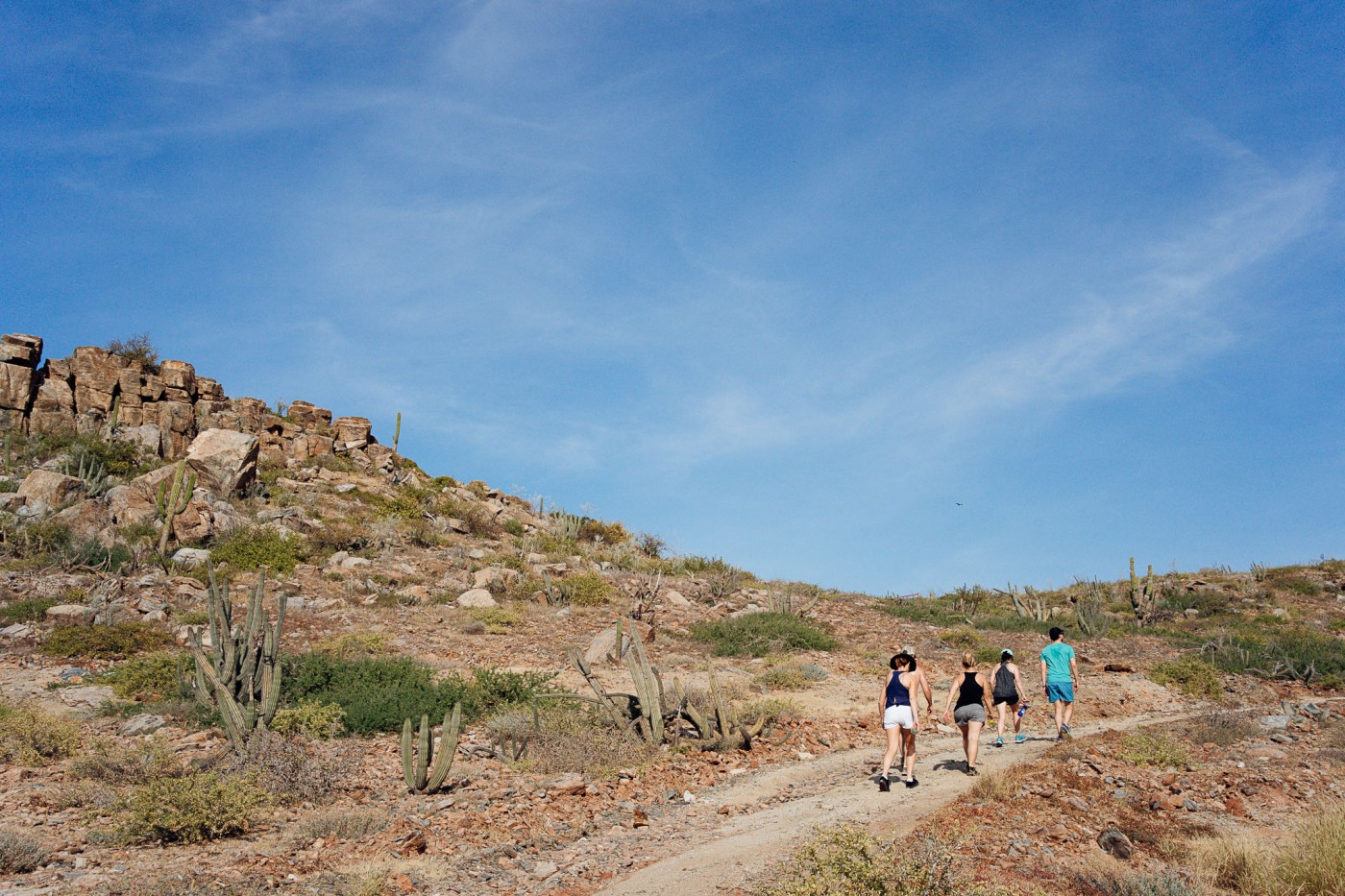
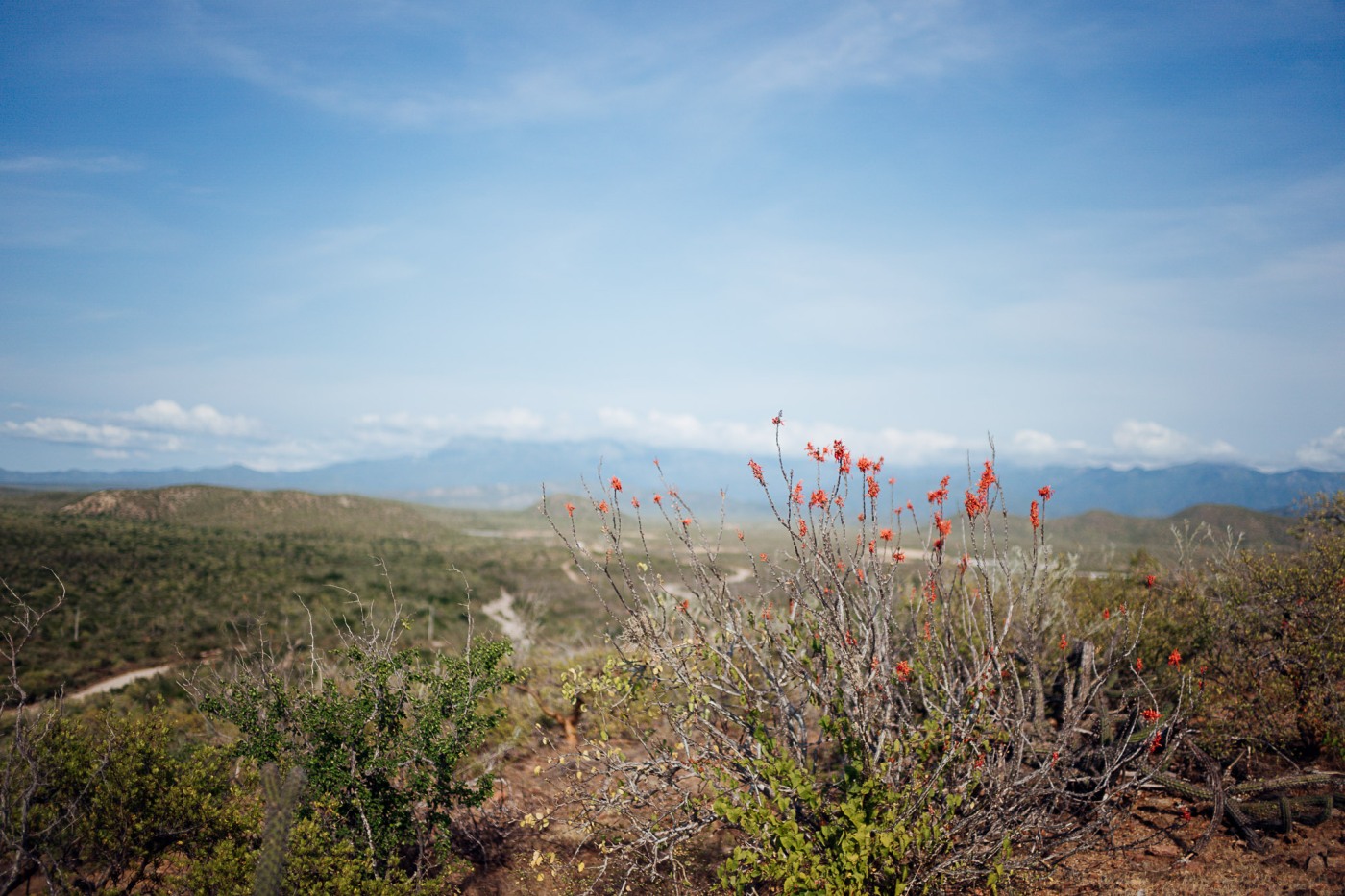
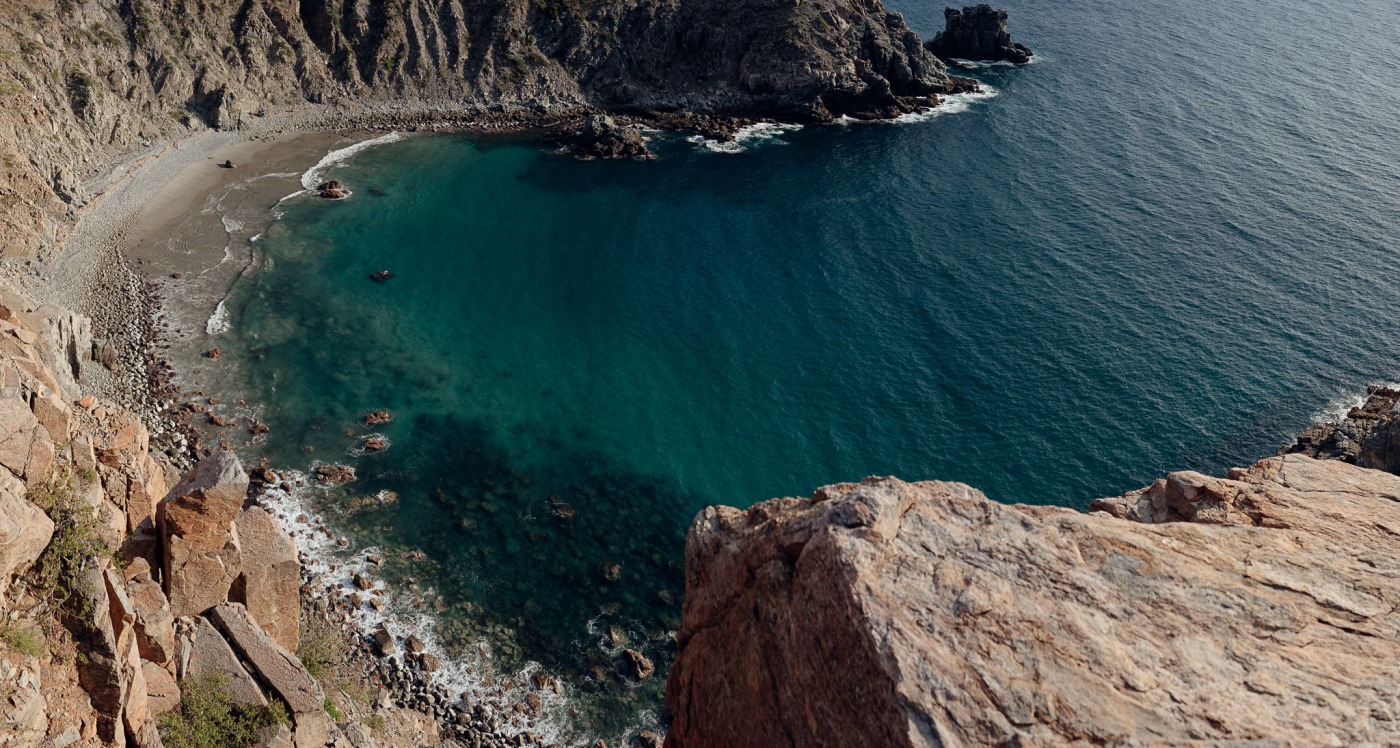


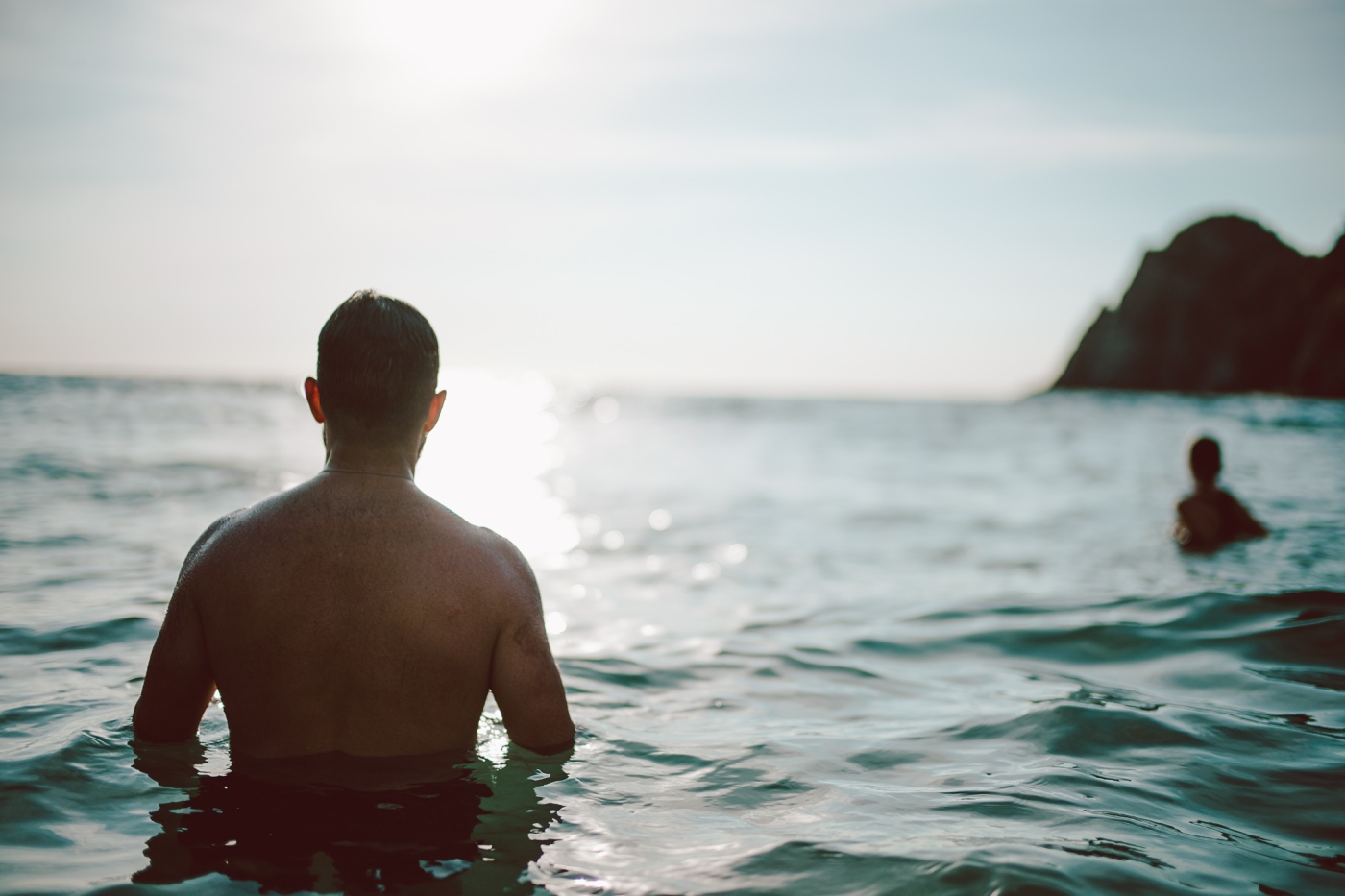
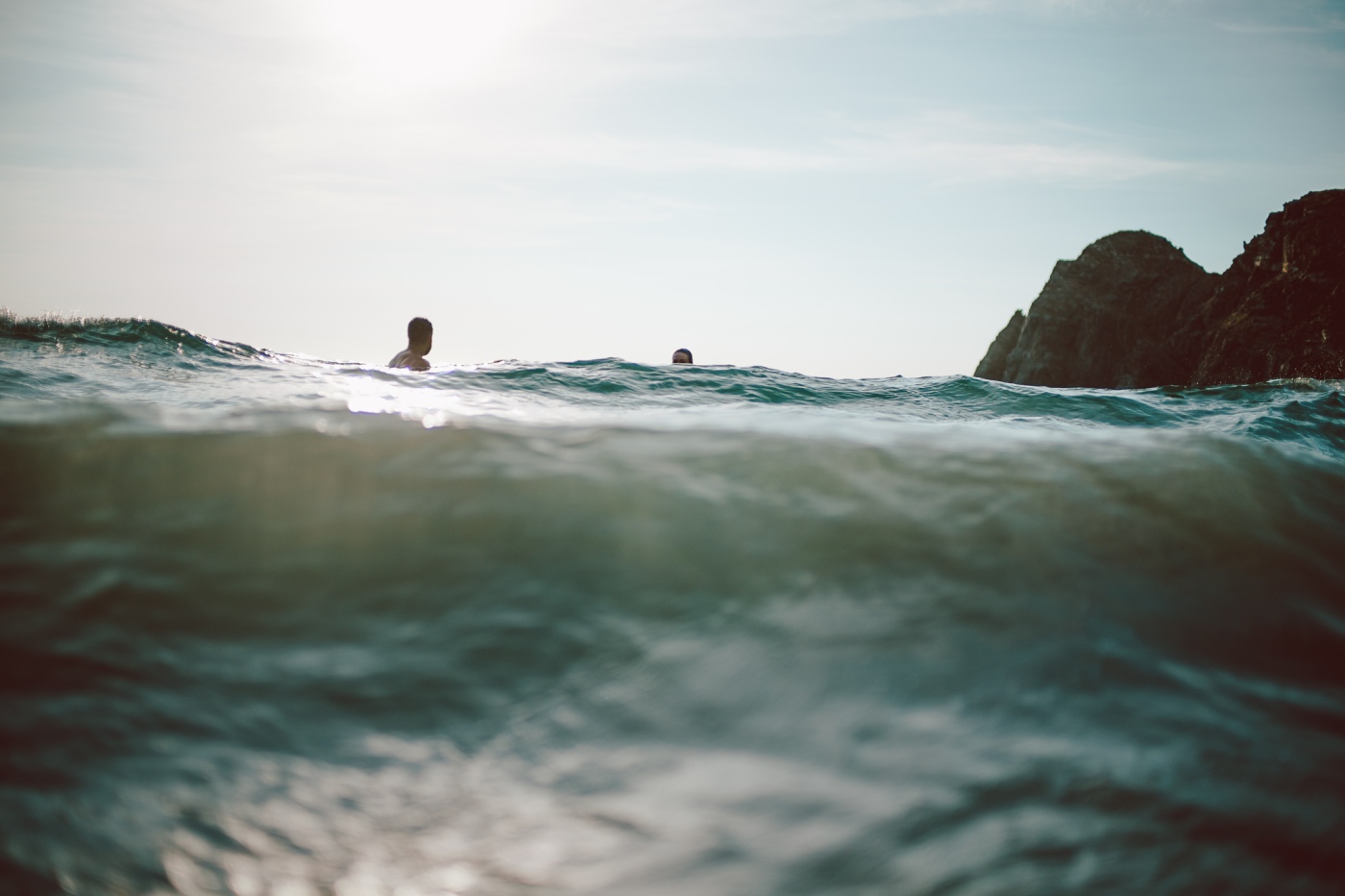
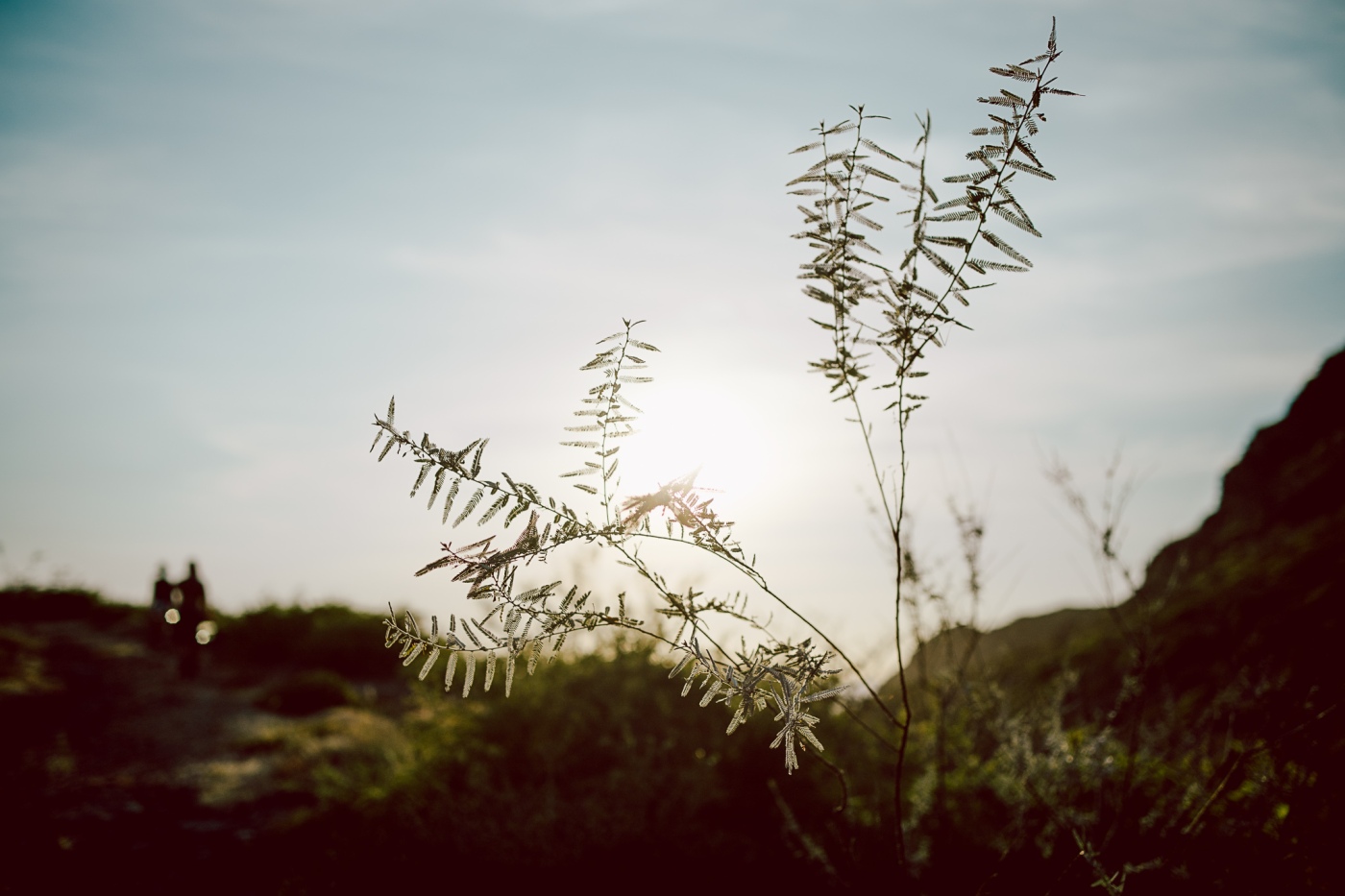

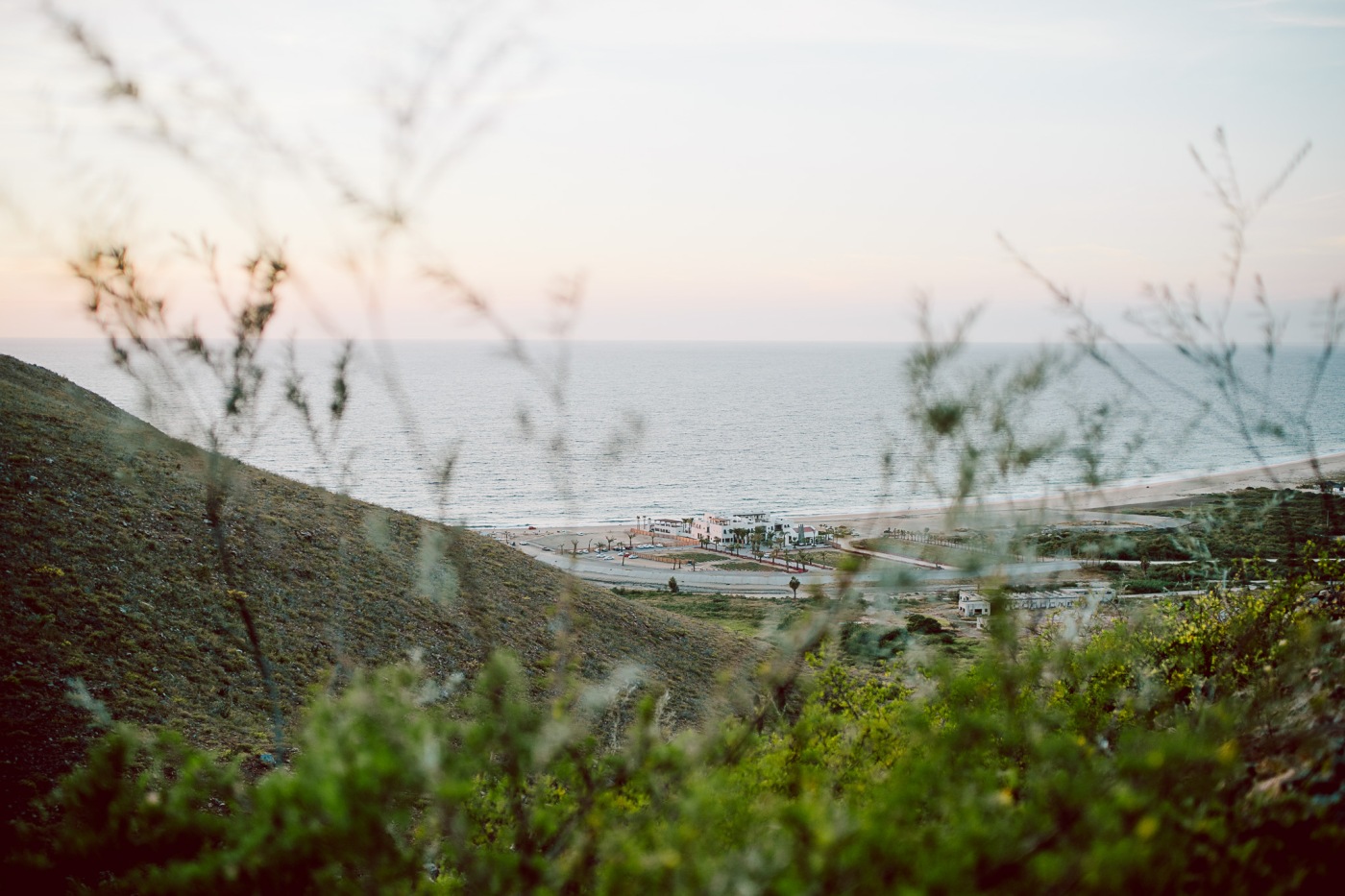
You can probably tell, that the report is positive. I think this is going to be a very popular lens for photographers that tend to work in the traditional documentary fovs. I kept looking for faults but only found things I like. If there is any knock against the Nokton, it will be the price – but I think it is rightly situated above its smaller brother, the Voigtlander Nokton Classic 40mm f/1.4 (half the cost and half the image quality at f/1.4.)
This is a lens that is sharp when it needs to be, well behaved, but still looks less digital than most modern designs. It draws a picture that reminds me of the moment in an almost emotional way, but still clinical enough to not let you forget the heights we are reaching with resolving power.
For this next set of photos I have to plug my new friend Carlos, the owner at Todos Santos Surf Shop – he was just the best tour guide for a whale shark and sea lion swim experience. Check him out if you are near La Paz and want to swim with these beautiful creatures.
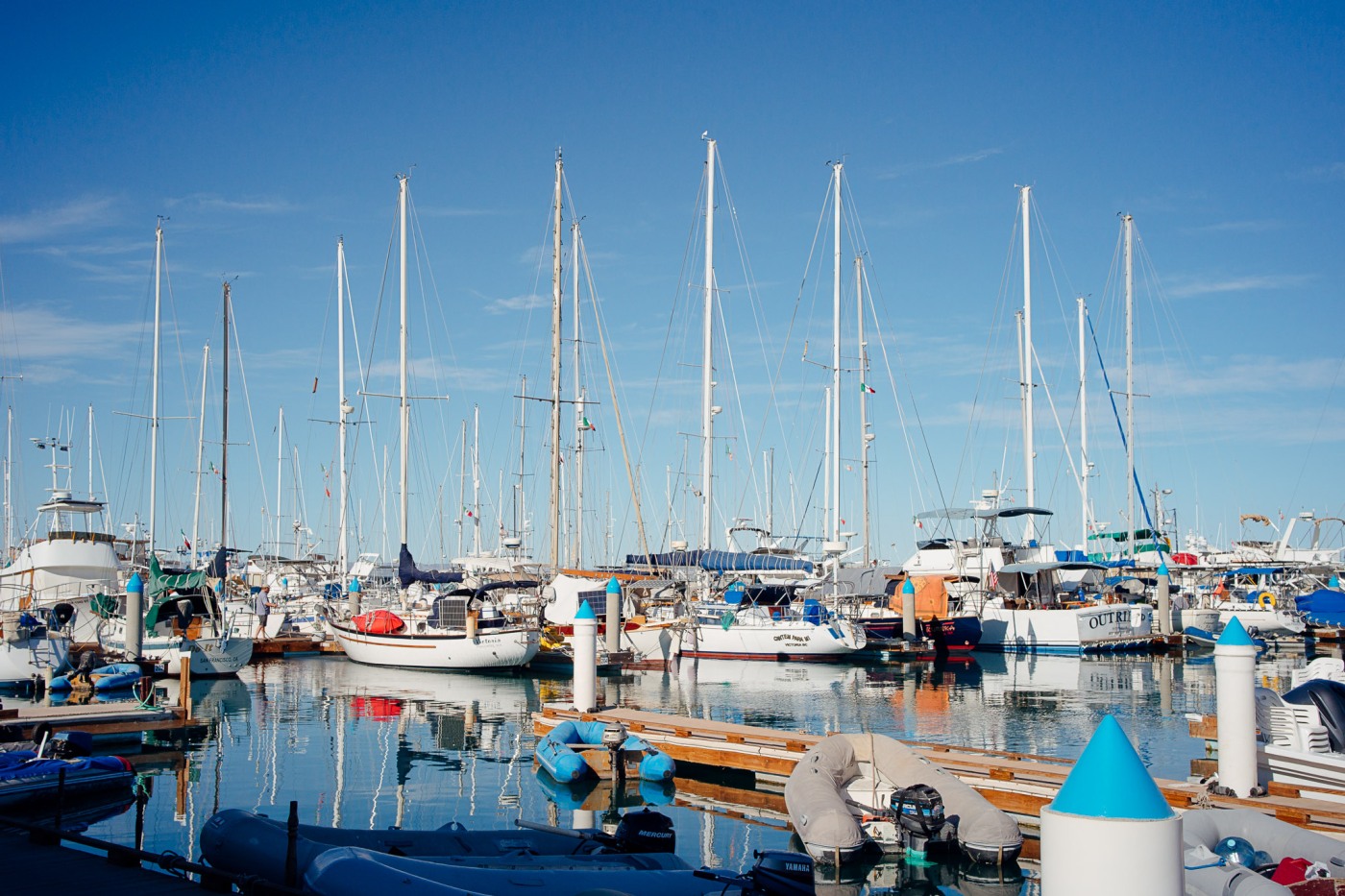
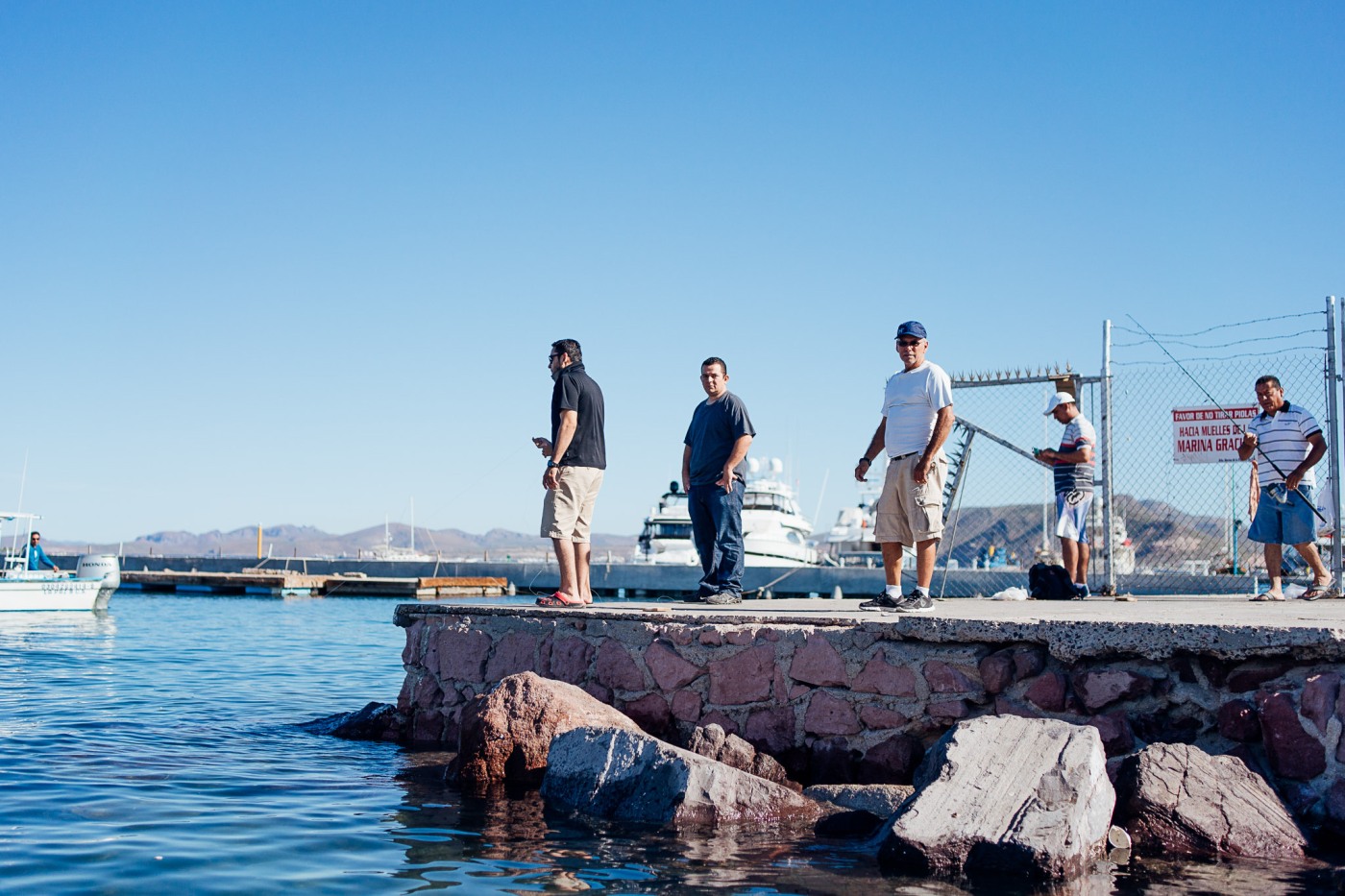
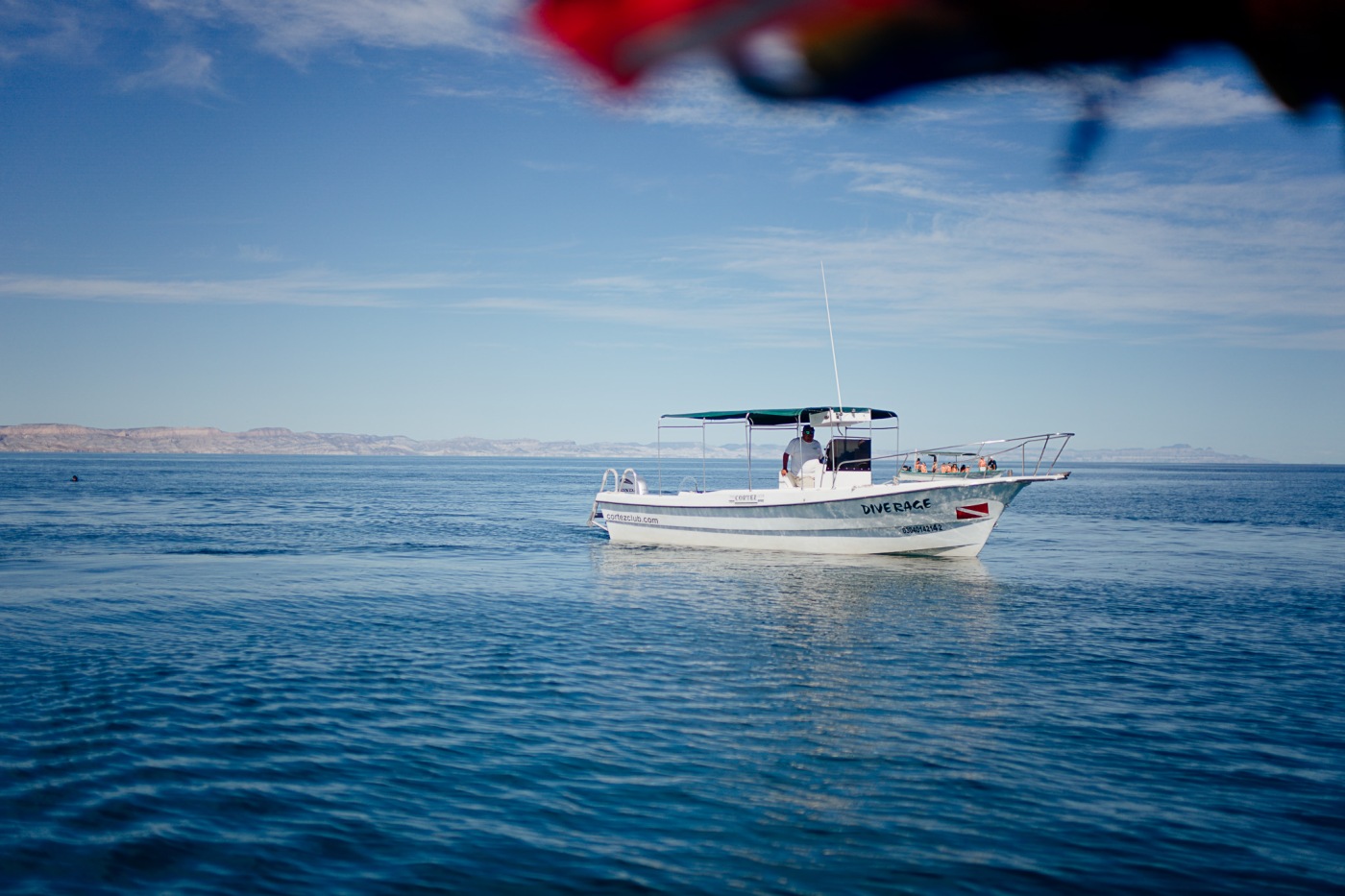

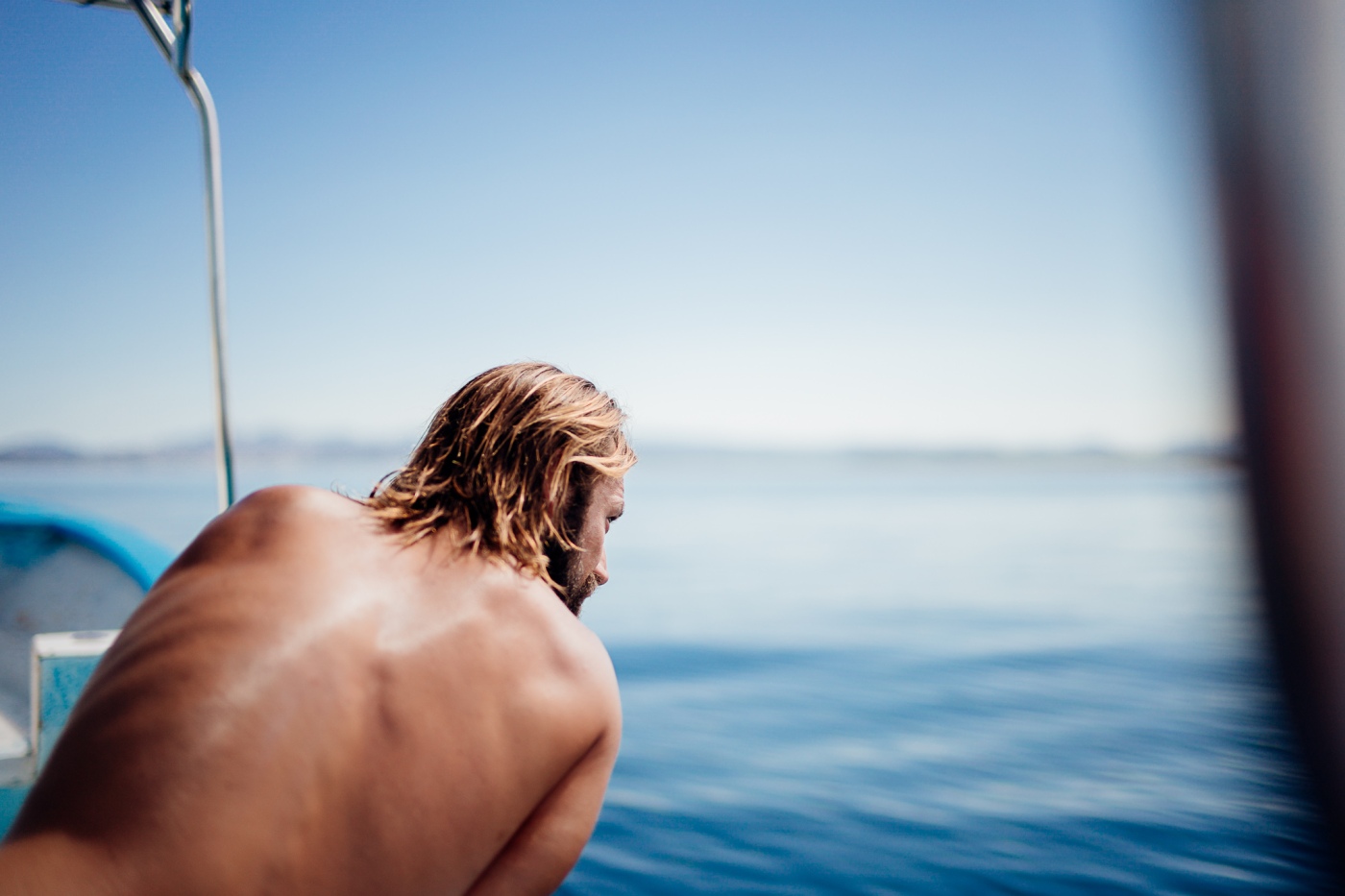
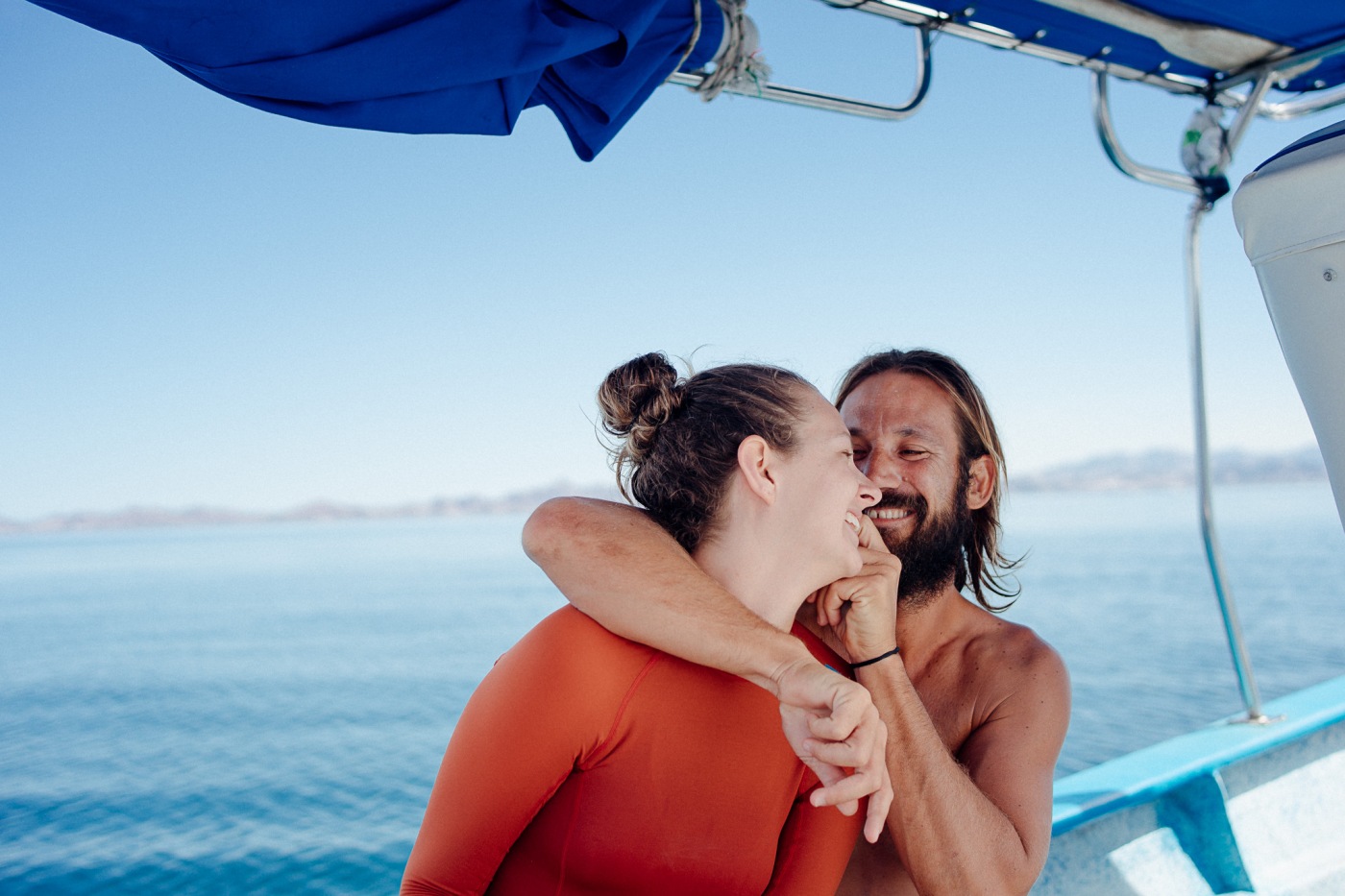
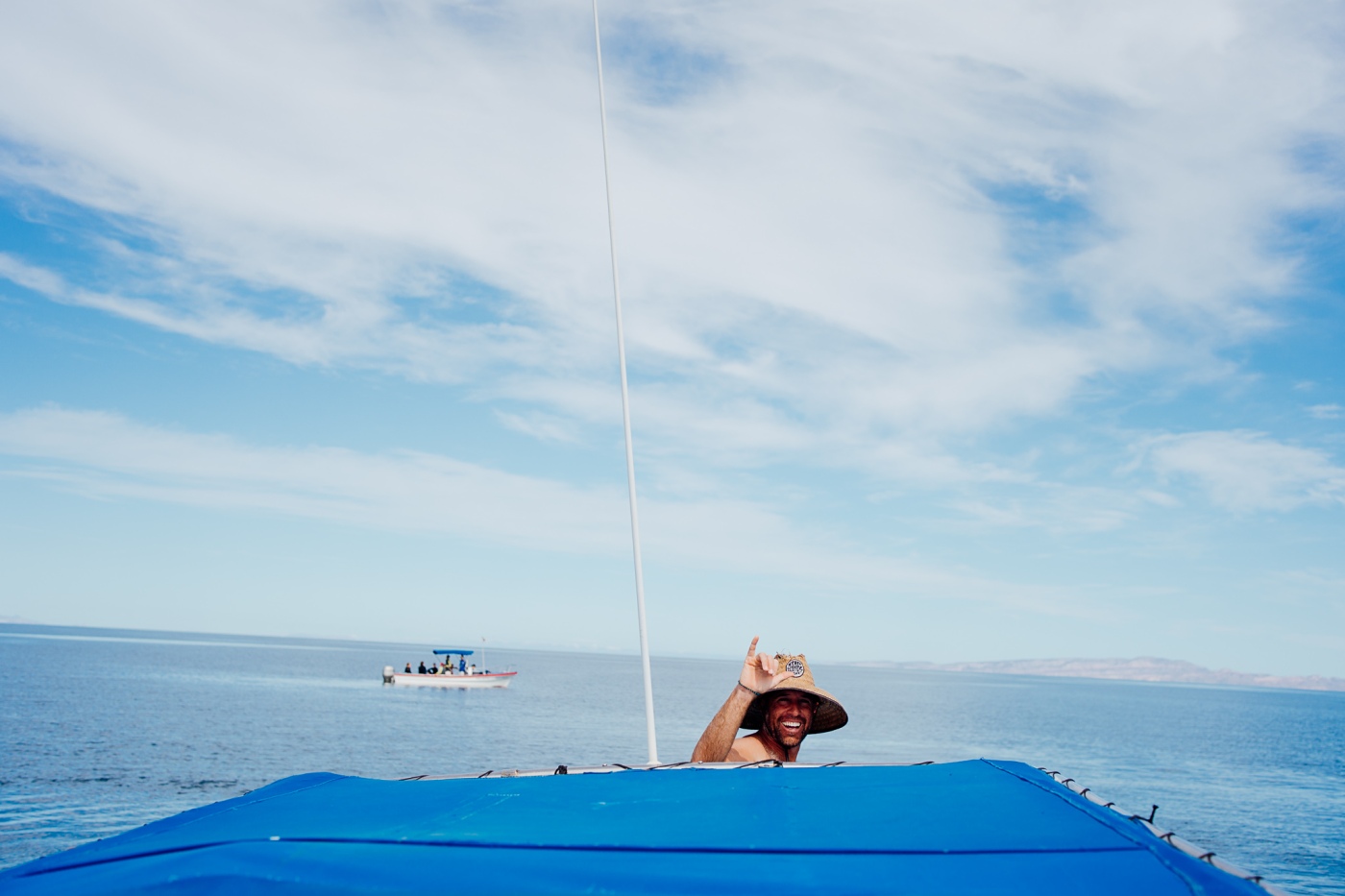

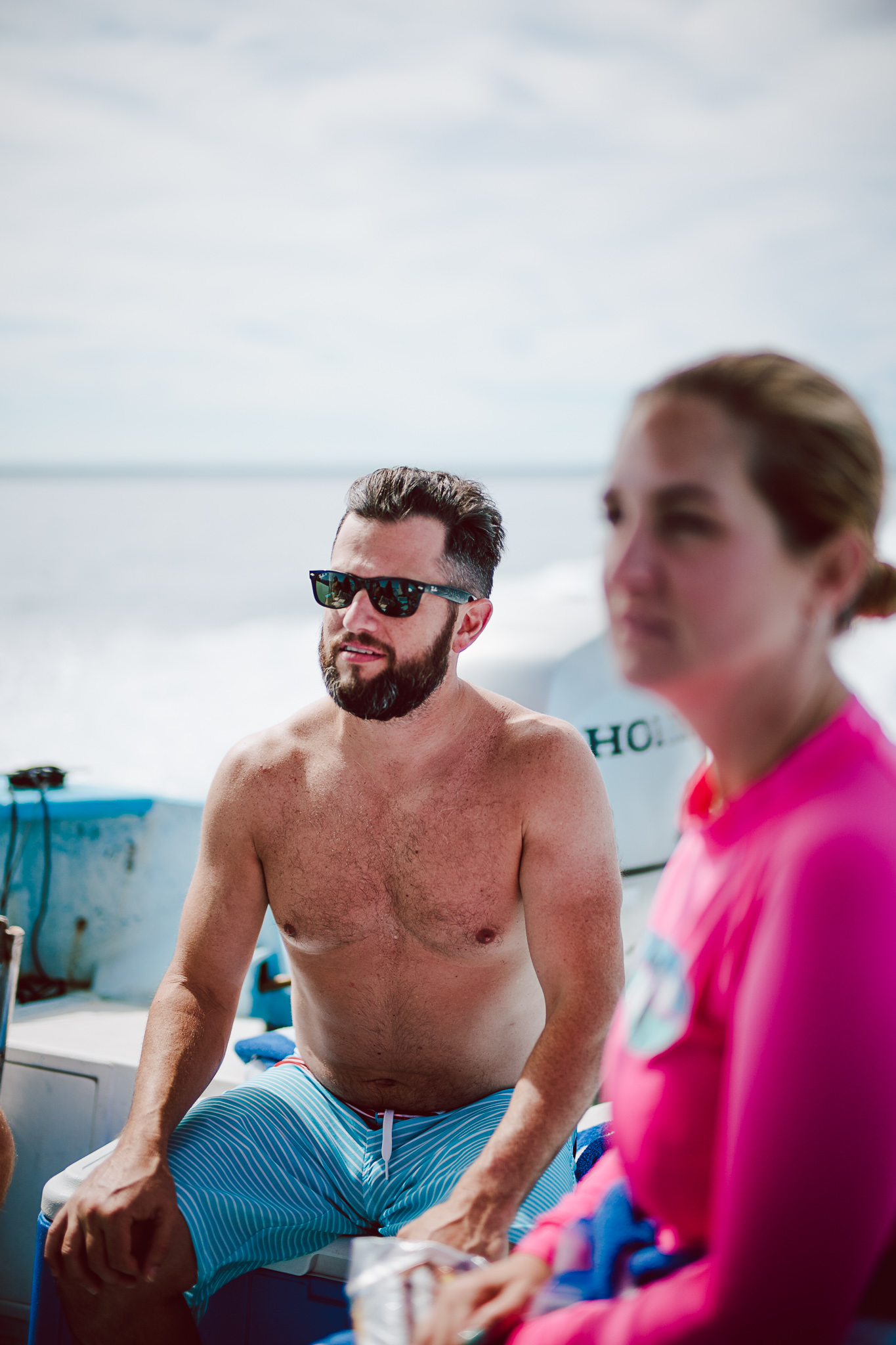

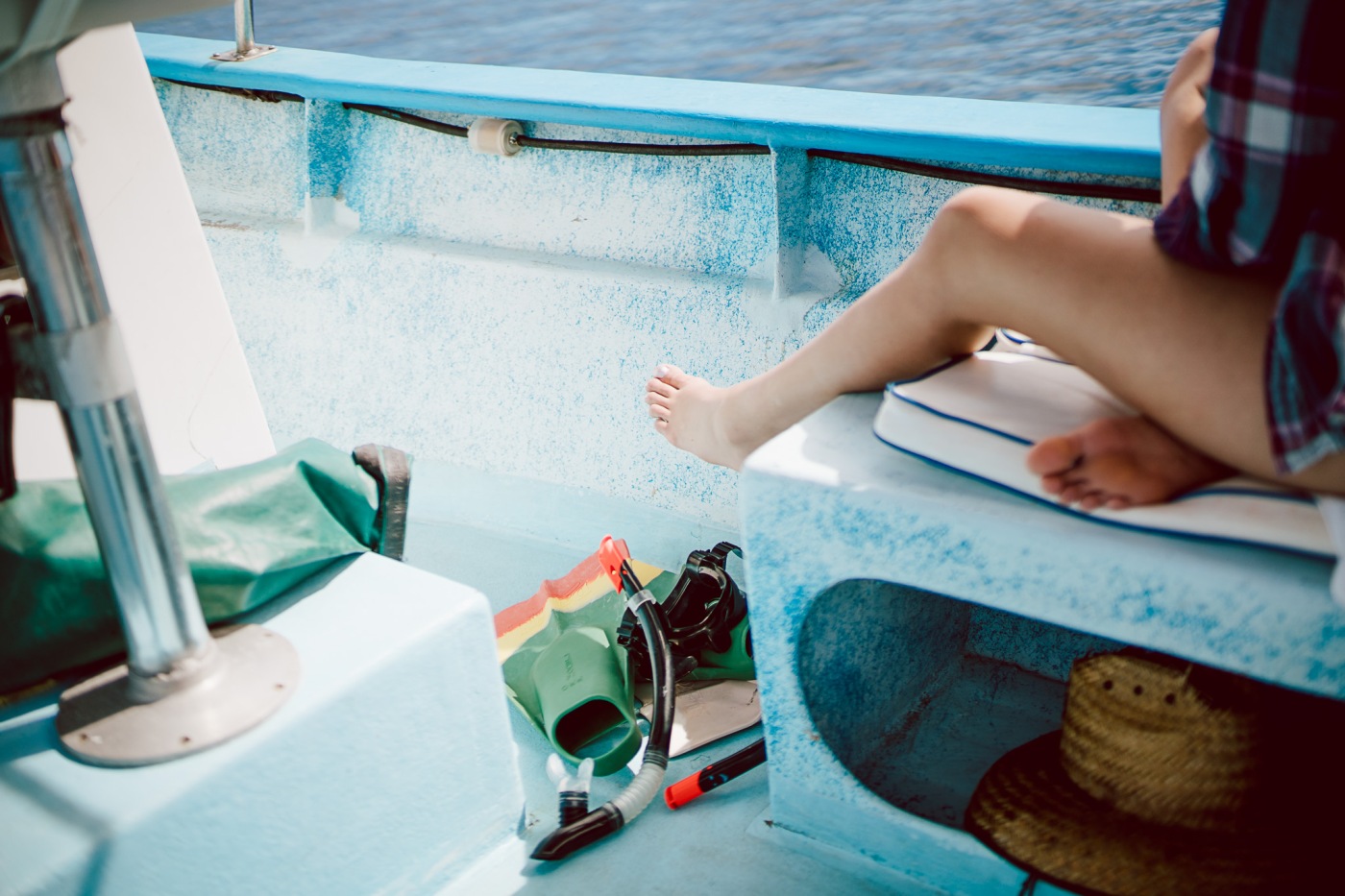


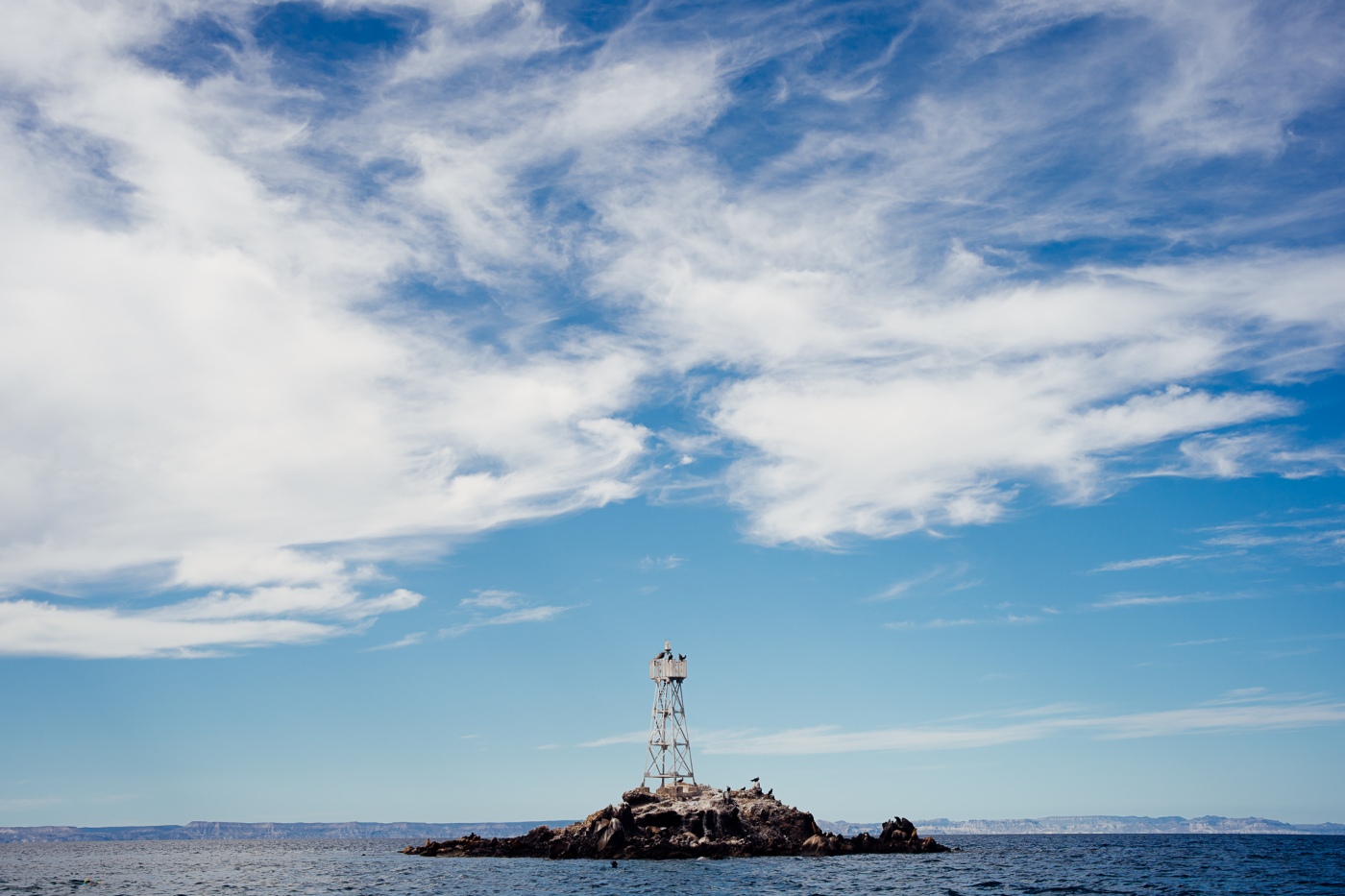


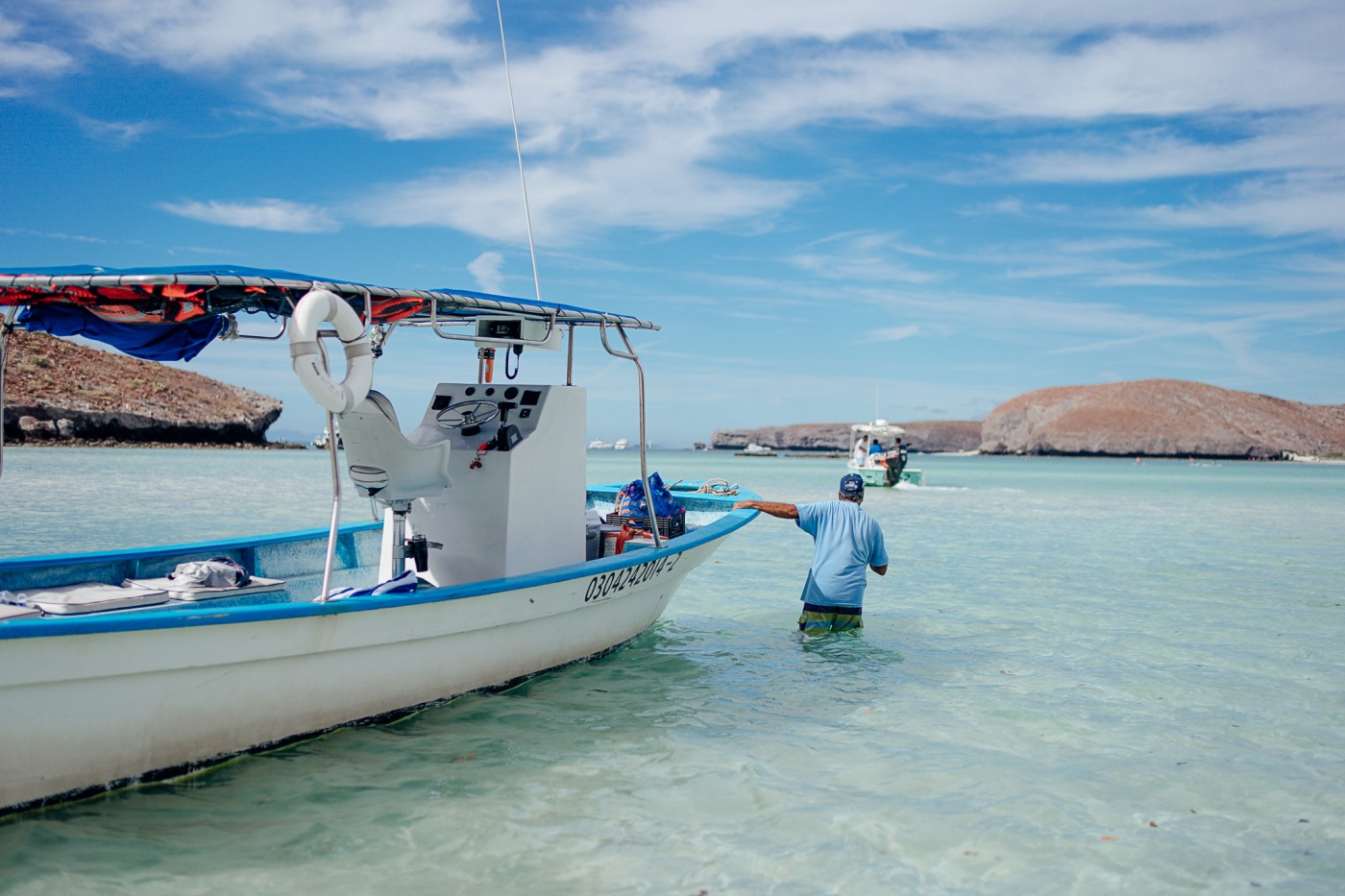
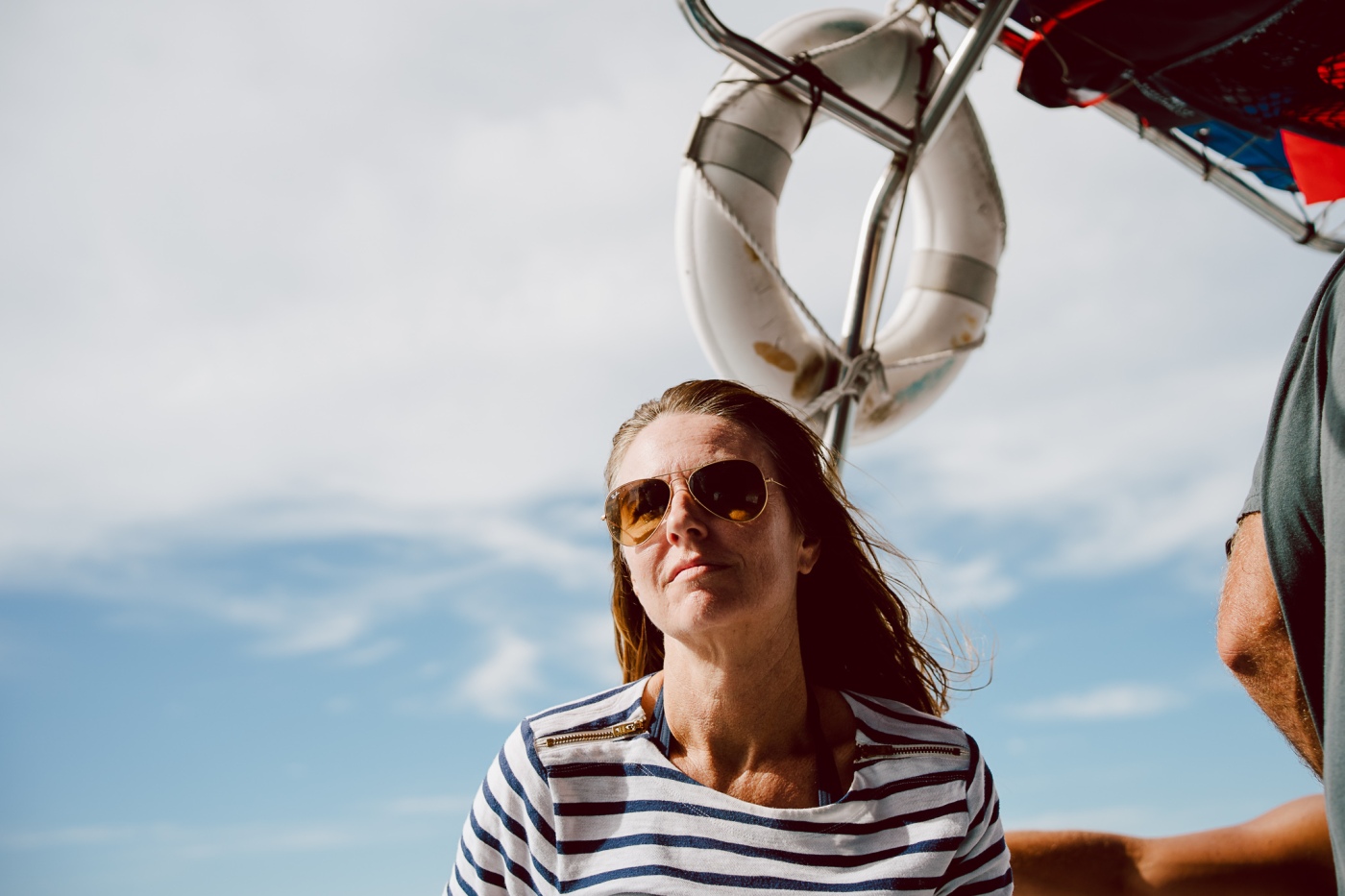

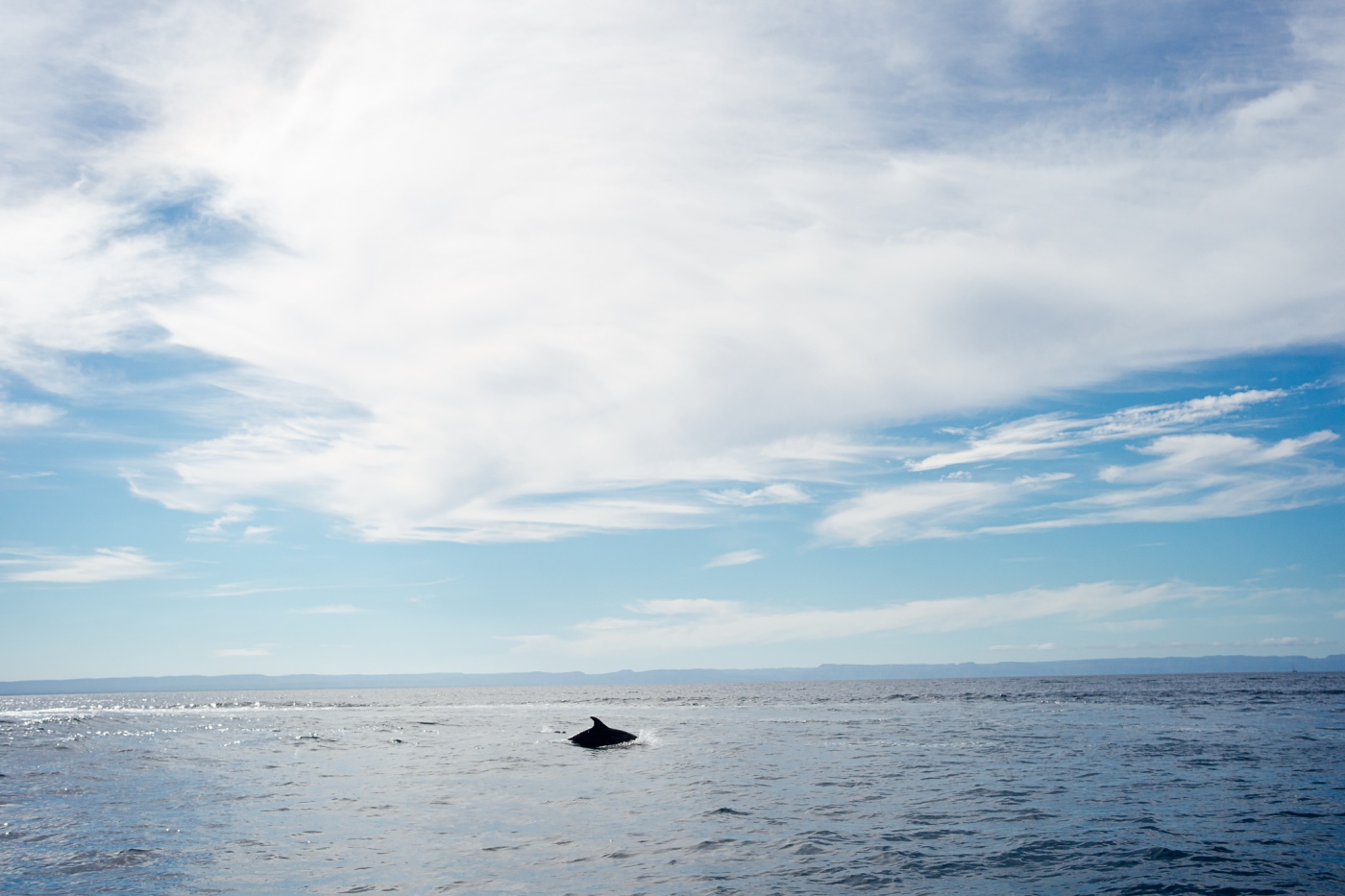
The fact that I have almost made it to the summary without mentioning bokeh is interesting. Honestly, I forgot about it. I realize that must seem crazy for an f/1.2 lens but I just don’t look at this Nokton as a bokeh machine. I’m not saying that because it can’t produce nice bokeh – it does and many will love it – but I just don’t shoot it that way. I had to actually go back and look through the images to remind myself how I feel, and bokeh can be tricky so let me try my best to describe it. First, what strikes me always about this lens is the transition from focus to out-of-focus. I’m not talking about how it renders a highlight or the shape of the circle, but the zone of defocus that either precedes or follows the subject. There is nothing abrupt or jarring about that transition on the Nokton – everything is so smooth. Nervous is not a word I would ever use. The look is similar to a hybrid of the Zeiss Sonnar and Planar designs – also a good thing. So what about those bokeh balls? Well I think they are kind of nice – elongated but creamy, very classic looking.
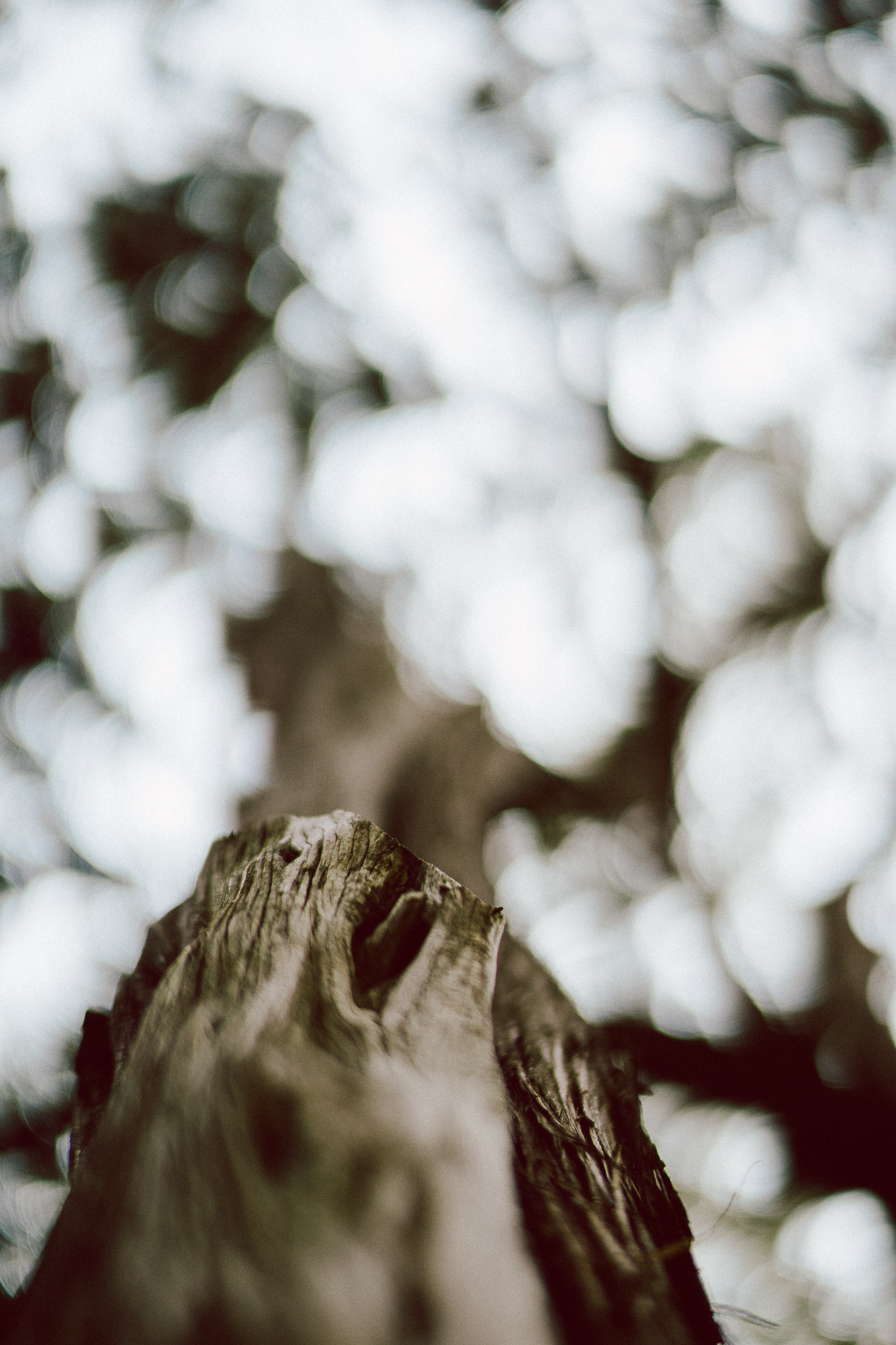
bokeh ball thingies
For photographers that love the look of analog 35mm, lenses like the Nokton are a lifeline to the past. The fact that we have companies developing these traditional lenses built-purposefully for the most advanced mirrorless platforms is almost a miracle. With the ascension of digital and the previous popularity of the dSLR, we easily could have lost the old rangefinder designs and the look of those lenses. Instead, we have lenses that work like the reportage standards but with a mix of classic and modern rendering on cameras that deliver impressive technical results. I can’t wait to shoot this lens on the upcoming Sony a7RIII and I don’t think I’ll be the only one.
For the record, I am a Sony Artisan of Imagery but have no affiliation with Cosina (Voigtlander). I bought the Nokton myself at full price and I’m keeping it.
Full set of sample images from the trip – click for full resolution link and basic metadata:

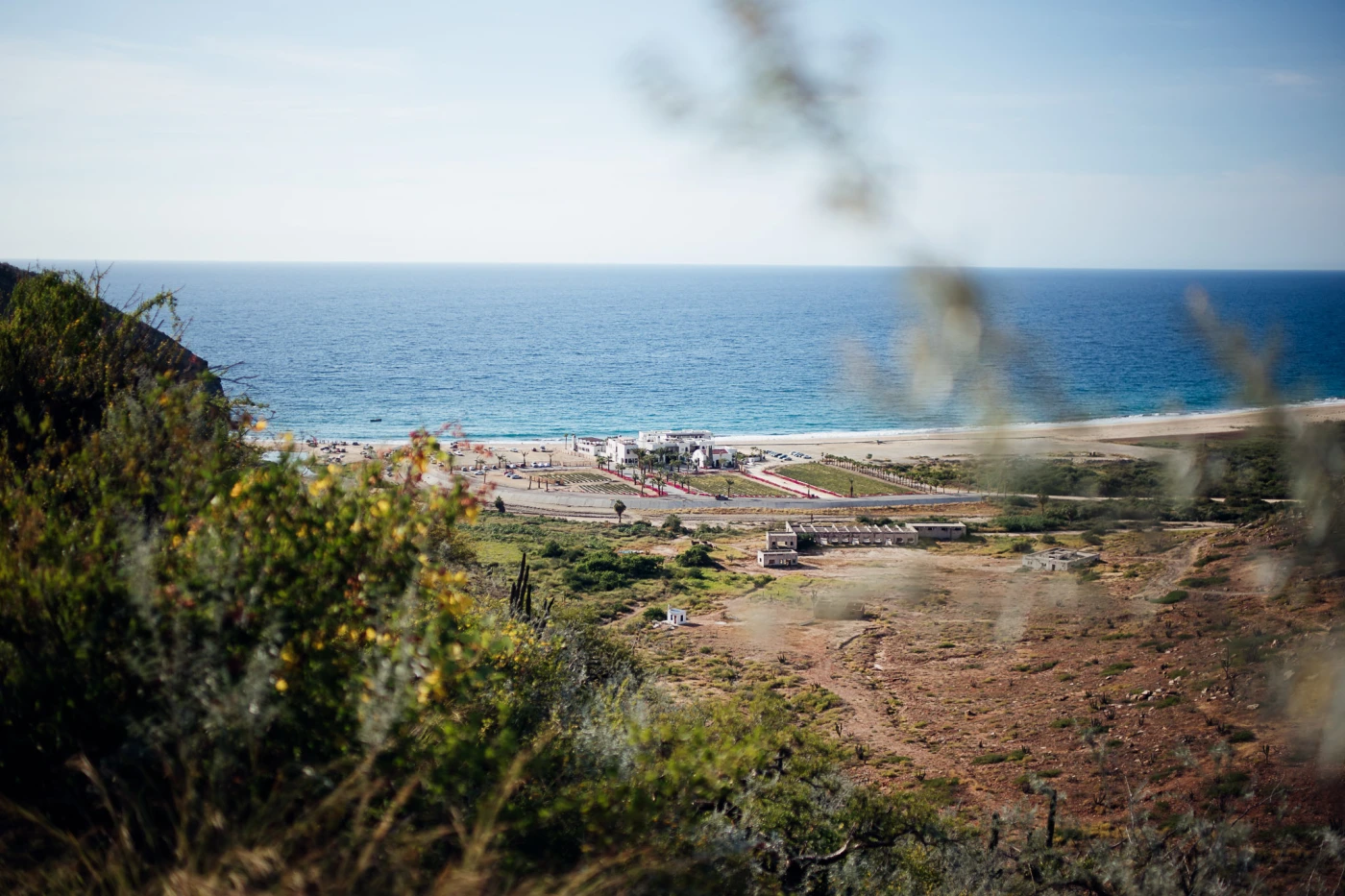
























































































































































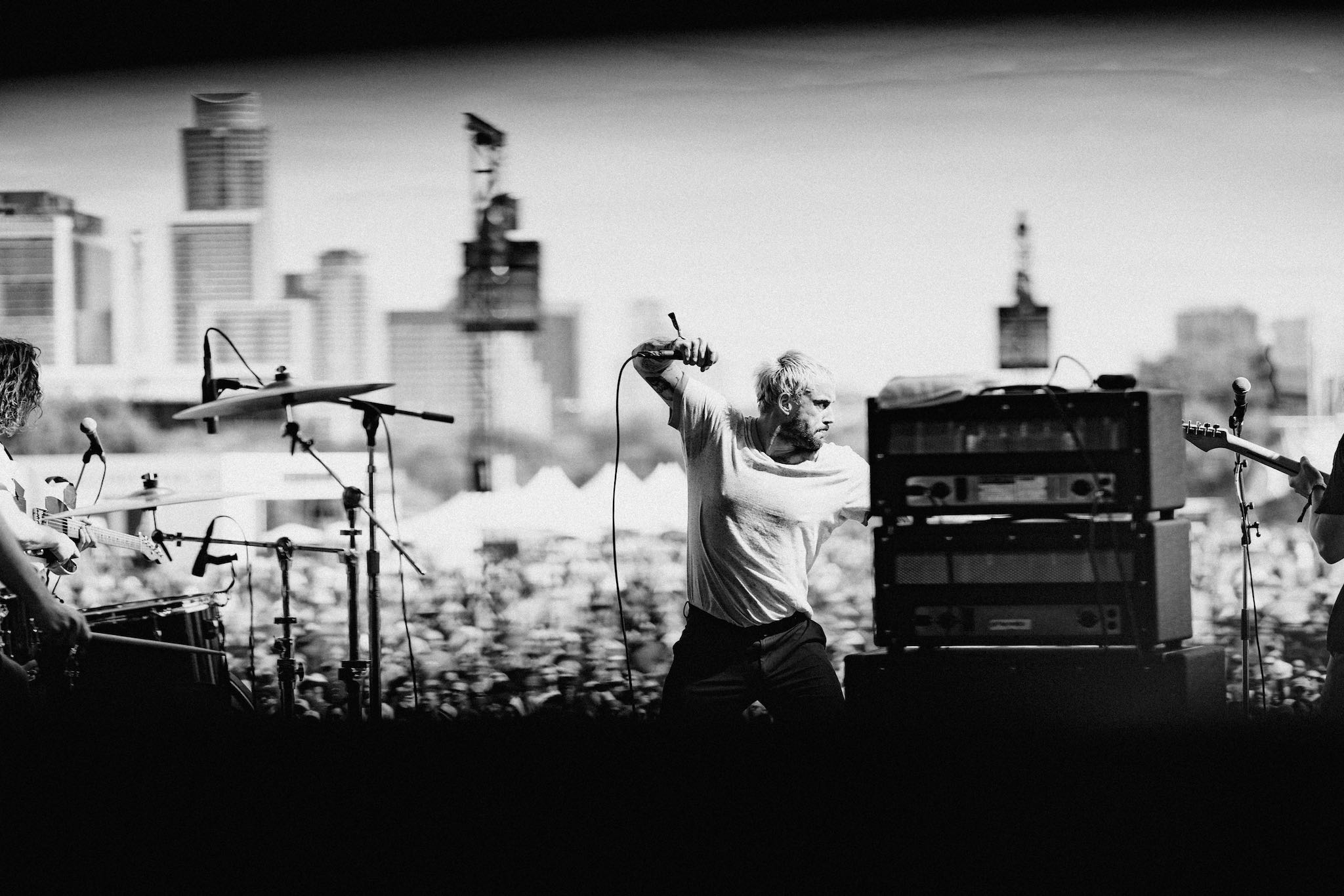
Very convincing 🙂
Thanks for sharing!
LikeLike
Very disarable and great photo’s! Would you say getting the m-mount is a sensible idea with the ability to use the techart autofocus adapter? Would you miss the auto magnifier when you focus the lens?
LikeLike
I don’t use the auto magnification so I wouldn’t miss it but I’m perfectly happy using the lens purely in manual focus. I’ve had poor luck with the adapters on the newer Sony Cameras – a9 and a7RIII so be wary if you plan to use those.
LikeLike
Just wanted to note that TechArt released a firmware update (v6) that make their adapter work better one the newer bodies (a7RIII and a9). Not perfect but better.
LikeLike
Superb review. Best sample gallery for this lens by far, anywhere on the web. Well done. The photos are awesome, as well as the narration. I just recently purchased the Voigt 65mm F2 and love it so much that I started thinking about this lens. I haven’t seen anyone review either of these lenses on a crop sensor yet, and it seems to me the bokeh will be even better on crop (as it is on the 65mm).
Your photo style is very well suited for this lens…a match made in heaven it seems.
LikeLike
Thank you and I’ve been eyeing that 65mm – looks wonderful
LikeLike
Phantastic review, pefect mix between outstanding images and high quality information. Thank you very much for sharing your images and impressions to us! Would you mount the 1.2 Nocton as well on a Sony Alpha A7 Mark ii – with comparable results in terms of IQ and handling / focus peaking? Thank you once again!
LikeLike
Hi Christian and apologies for the slow reply. Yes! Actually I have the Nokton mounted on the a7II at this moment and it is splendid. The a7II is a vastly underrated camera that for pure image quality is hard to beat. I’ve been using it recently as a platform for all my manual focus lenses and AF adapters for legacy lenses.
LikeLike
This is the best review I have read on this lens and the images are so inspiring – thankyou! I need to buy one now.
LikeLike
Thank you and get it!
LikeLike
As a Sony A9 shooter looking to pick up the Nokton 40/1.2, this article has confirmed my suspicion that it would be a great pairing. This is probably the best review and sample gallery of this lens on the internet, excellent work Chad.
Now if only I could find someone with stock in the UK…! I desperately want this lens before my trip to San Fransisco in March!
LikeLike
Drop me a line Neil.woodman@gmail.com
LikeLike
Hi Chad,
Great review. One quick question if I may:
I’m looking at two of the fast Noktons that have just come out. One (the 40mm f/1.2) you have so superbly reviewed, and the other being the 35mm f/1.4.
I’m not seeing many reviews about the latter.
I tend to prefer 35 over 40, but the faster the better (for my shooting style).
I would value any comments you could share in choosing between these two.
Thanks,
Steve
LikeLike
I neglected to mention that I’ll be using it on my lovely A7Rii and will be putting it to the test in some low light situations (indoor, evenings).
LikeLike
Hey Steve, I haven’t shot the new 35mm so couldn’t offer any insight beyond what I’ve reported on the 40mm. My guess is that the 40mm will be a technically superior lens.
LikeLike
Hi Chad! Thanks for the great review. Too many reviews are heavy on tests and short on real images that actually show the character of the lens. Thanks for doing it the right way. ; )
My main reason for commenting though is to point out something that I’ve seen in photos in almost every review of the 40mm F1.2 but haven’t seen anyone address. If you look closely at that last image you used when talking about bokeh, you can see that the bokeh ball thingies look like they’re smeared and cut in half—this isn’t a characteristic of the lens, but is a distortion caused by using electronic first curtain shutter at speeds above about 1/1000 with wide-aperture lenses. Try the same shot with either full mechanical or full electronic and you’ll notice that with the EFCS half the frame is darker than the other, the bokeh is busy, chopped, and smeared, and, amazingly, the entire image will be a bit stretched and crooked. As I said, I see his happening in almost every fast/ultrafast lens review and other reviewers always say that the lens has ugly bokeh wide-open. It’s a shame that some great lenses get a bad-rap based on a camera issue.
Also, I thought I’d mention how much I appreciate your post-processing. If you have any tips to help get that analog feel I’d love to hear! 😉
LikeLike
Hey Nate, glad you liked the review. I hear you on the effect of the EFCS, although I haven’t witnessed it to any great effect. I can’t be 100% sure, but the shot you referenced was taken at 1/5000 of a second which should have been with the mechanical shutter as I have the camera set to automatic as default.
On the topic of post processing. I use VSCO filters as a base but then tend to deconstruct the settings and customize to the conditions. This is a good way to build up a library of presets that match shooting conditions and specific lenses.
LikeLike
The color tone of your images are absolutely magnificant..
Can you please share what is your set up.. In camera or in the post process?
Thank you very much..
LikeLike
Hi Kent, glad you enjoyed them. I edit everything in Lightroom from RAW using my customized versions of VSCO filters.
LikeLike
Love your colors! Can you offer some initial direction on which VSCO presets are your base and how you begin deconstructing/reconstructing them? Or can I just purchase them from you? 🙂
LikeLike
Hey Shaun! Thanks for the appreciation on the colors, glad they appeal to you. Man, I haven’t looked into selling them.
I would suggest starting with a VSCO film stock – something like Fuji 400H – and then work from there. See how all the settings effect the image and then do what you want. I’m constantly changing my edits so it’s real hard to think about selling them in any static form.
LikeLike
Could you try this superb lens on a7 riii or the new a7iii ? I wonder how vignette appear on the different sensor.
The 42mp will give better 3d pop than 24mp or not? Thanks 🙂
LikeLiked by 1 person
Hey Pete. I’m not seeing any significant difference. It looks wonderful on the a7RIII as well.
LikeLike
Hello Chad, this is really the review! (one upon which I have desided to buy such an optical marvel). I love the manual focusing (which reminds me those old analogue times). I do love your photographs! Thank you once more.
Roman (Czech Republic)
LikeLike
Hi there – Great review and photograph. Really enjoyed reading it.
I am an nikor user and I am considering to get the sony A7Riii and this lens, instead of my current 35 and 50mm, but I am just used to work with lenses with autofocus so just wondering if it will be hard to move to manual focus.
Best,
LikeLike
Carlos, the good news is that there are plenty of great AF lenses you can use if you find manual focus is too challenging but only you can determine that. Good luck.
LikeLike
But not as cool as this one! I think will be worth it to try it.
thank you
LikeLike
Thanks for the review Chad, I’ve been drooling over these images for the past week. May I ask, how much are you using the lens now the “newness” has worn off, can we expect more images from gigs etc? Did you consider getting the VM version and using the AF adapter to get best of both worlds? Lastly, how much would you say is the lens and how much is down to your post processing? Keep up the great work!
LikeLiked by 1 person
Hey Graham, thanks for the comment. Still loving the lens – I don’t think any shine has come off it, I just tend to match the lens to the job and for many gigs, AF is just a better choice so I tend to use it more for personal work.
I did consider the VM version but the Techart Pro is currently out of favor in my house. It is not allowing my lenses to focus on infinity which is a shame because the actual AF action works incredibly well on the new a7III.
To your final question – the lens and sensor combo is the basis – you can’t give it character that isn’t there so I would definitely say the lens is producing the majority of the look.
LikeLiked by 1 person
I just this minute ordered a copy of the 40 e-mount based on the above. Thanks for taking the time to write such a comprehensive reply. Much appreciated!
LikeLike
Awesome. I guess I should start doing affiliate links!
LikeLiked by 2 people
I think you should. 😉 I just ordered one thanks to your review. Keep up the good work!
LikeLike
Hi Chad, been a while that I didn’t read an old school blog article, you gave important informations, and your pictures are amazing. I bought the lens bc of you… I just have a question for you, with your experience, do you think using the a7r iii give us more micro contrast and sharpness than the a7 iii ?
What are the differences ? Expect a bigger crop factor and bigger print. Can we see the difference on our screen which never go 4k ?
Can’t find an answer since months.
Thanks again for this post.
Peace
LikeLike
Glad you enjoyed the article David. No, I do not think the a7RIII will provide any additional micro contrast/sharpness. Generally, the lens is what provides those aspects, not the sensor – although, certainly the AA filter strength (or lack of) plays a part. I find that the perceptual sharpness of the a7III for screen viewing is actually higher than the a7RIII. Files from both cameras out resolve a 4k screen so the only difference will be in the ability to crop deeper in the a7RIII files.
LikeLike
A very big thank you mate, it is very nice from you. I made my choice now ! We want more articles like that. Have a nice day
LikeLike
above 4k*
LikeLike
Excellent review, thank you. I’ve ordered one to use on my A7RIII, hopefully arriving today!
LikeLike
Thanks so much for this review. Actually it made me order this lens a moment ago!
I shoot on film with medium and large format but I decided I will give a try with digital and I think this lens will convince me to shoot digitally as well.
Great pictures!
LikeLike
I just bought this lens and am wondering if those who have purchased it think this makes the A7r3 super slowand almost crawl to a stop when changing setting or even viewing images. Anyone experience something like this or am I just expecting too much from a manual lens? It’s every setting too… Change mode and it crawls! ( Granted, this is seconds in real time but it’s all relative). Change shutter speed and it takes an eternity to be ready to shoot. Want to view and image? Get ready to wait…
LikeLike
After some online digging…. nothing to do with the lens. Weird power issue. Pulled the battery and let it drain power and once up and running again it was back to normal function. I have a slight suspicion that it had something to do with charging the cam via a battery pack. My bad… the lens is great so far 🙂
LikeLike
Hello Chad! You have an greate blog. Everything is very clear and colorful!
I have a sony 6300. What do you think, will this lens with my camera be a good tanem? I really like the style of the film of this lens.
LikeLike
Great article/review. Really awesome that I was reading a travel story that happened to include information about a lens I’m interested in.
LikeLike
Love the photos Chad. They convinced me to buy the lens! I’ve been looking for a great compact wide aperture everyday lens to leave on my a7riii. One question, what is the name of that beautiful half case you have on the R3 in the first photo?
LikeLike
Great photo and feel! so inspiring! Im using a7iii for video and wondering this lens so much. What F do you use mostly for all those photographs in outdoor? Support by ND when F1.2+ outdoor? Im interested in this lens because of its sharpness and 3d pop feeling, but considering for outdoor video if i have to use ND filter and impact to reduce all those feeling created by this lens
LikeLike
Using this for stills on the a9 with it’s high speed electronic shutter allows for f/1.2 in the brightest conditions without an ND filter. You will need an ND filter for video.
LikeLike
Hi Chad! The photos are absolutely gorgeous. Love your blog & narrative style. Blaming you because now I’m definitely placing an order for the Voitlander 40mm 1.2! LOL! please continue sharing your photos! All the best! Nick
LikeLike
One of the problems with a lot of lens reviews is they tend to be a bit too focused on out and out sharpness and bokeh rendering whilst doing ‘laboratory lens testing’. What I really liked about this review is you mainly let the photos do the talking without going through the lens spec sheet. I never study bokeh or check 100% crops or look for edge to edge sharpness. I just find what type of photography the lens is good at, take some shots and then decide if I like the overall quality of the image. I can see from your photos, this Voight 40mm has a very pleasing, film photography quality to it and the lack of the clinical sharpness so many modern lenses have makes this lens stand out amongst the crowd. I hope to purchase this lens soon.
LikeLike
Hi Chad! I’m going to blame you but this lens review was what prompted me to buy the Voigtlander 40mm f1.2 for Sony! haha I bought this to use with my Sony A7R4 and only after slowly getting accustomed to manual focus lenses. I have to say your pictures are not only beautiful but inspiring. It’s nice to be able to be less dependent on Sony’s autofocusing system and adopt a more traditional approach to photography. Thanks for writing such a superbly detailed article (I have read it more than once for inspiration! ;-). Best regards, Nick P
LikeLike